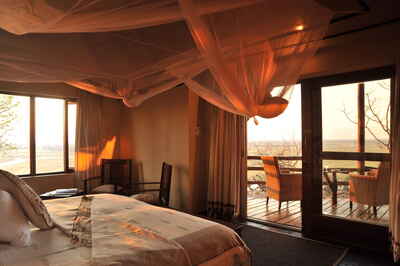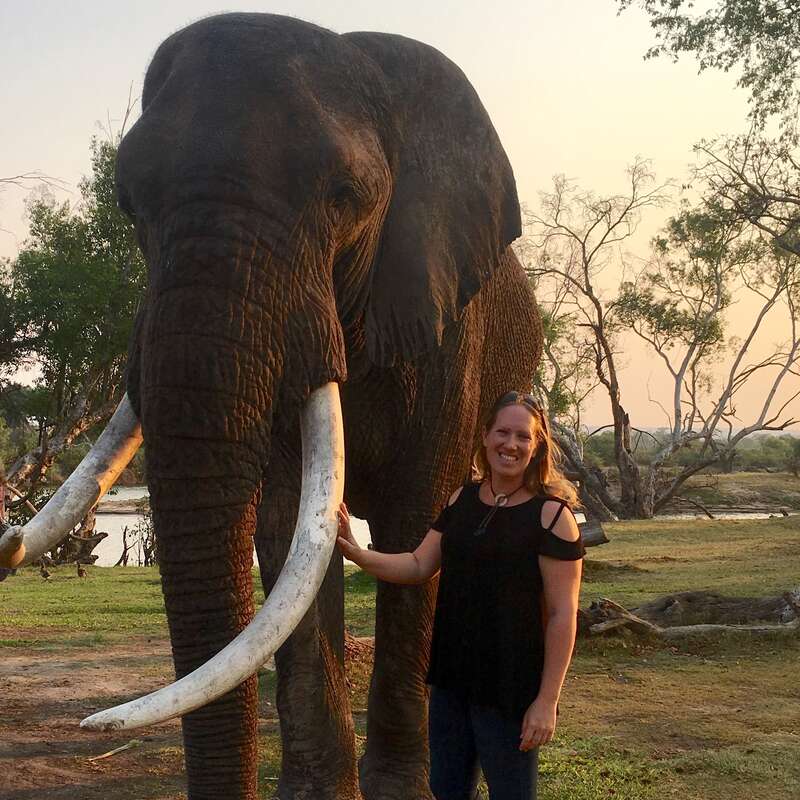About Muchenje Safari Lodge
Traditional yet informal, Muchenje is perched on an escarpment with commanding views over the Chobe River.
And those views are magnificent! Spread out on either side of the river are seasonal floodplains, their open spaces a magnet for wildlife. Just to watch from your chalet, or from the viewing deck by the pool, is to become absorbed in the comings and goings below. Zebra and wildebeest, elephant and giraffe, the predators largely hidden in the dense bush behind.
Like the surroundings, Muchenje feels almost fixed in time. Comfortable and solidly built, it’s a place to exhale and enjoy, with good yet relaxed service, and excellent guiding.
The guides do their utmost to ensure that you make the most of your time here, whether it’s venturing up the Chobe River by boat, or exploring the varied habitats of Chobe National Park in an open-sided 4WD. Take a picnic for a full-day’s excursion, or return for lunch in the heat of the day. Or perhaps – a bonus of Muchenje’s location outside the national park – walk with a guide into the forest reserve, or head out after dinner in search of Botswana’s nocturnal creatures.
Then make your way to the firepit for a nightcap: a fitting end to a fascinating day.
Our view
Whilst the Chobe Riverfront as a whole is a busy area, Muchenje is in a relatively quiet location, and is one of our favourite lodges here. It won't be to everyone's taste and if you are looking for luxury, there are better options. However, for knowledgeable guiding, hospitable hosts, great views and a relaxed atmosphere all set within comfortable surroundings, Muchenje offers excellent value for money, and we're happy to recommend a stay here for a few nights.
Accommodation
11 chalets; 1 family
Children
Best for aged 8+
Open
All year
Activities

4WD Safari

Birdwatching

Boat trip

Cultural excursion

Mokoro

Private activities
Traveller reviews of Muchenje Safari Lodge
177 real, un-edited reviews from Expert Africa's travellers.
Arrived 21 May 2025, 3 nights
"Muchenje Safari Lodge review"
Overall rating: Excellent
Arrived 6 May 2025, 2 nights
"Muchenje Safari Lodge review"
Overall rating: Excellent
Arrived 10 Apr 2025, 3 nights
"Muchenje Safari Lodge review"
Overall rating: Excellent
Arrived 20 Mar 2025, 2 nights
"Great bar & lovely view!"
Overall rating: Good
Arrived 15 Sep 2024, 2 nights
"Muchenje Safari Lodge review"
Overall rating: Excellent
Arrived 13 May 2024, 2 nights
"Muchenje Safari Lodge review"
Overall rating: Excellent
Arrived 30 Jun 2023, 3 nights
"Muchenje Safari Lodge review"
Overall rating: Excellent
Arrived 8 Jun 2023, 2 nights
"Muchenje Safari Lodge review"
Overall rating: Excellent
Arrived 31 May 2023, 2 nights
"Muchenje Safari Lodge review"
Overall rating: Excellent
Arrived 9 Dec 2022, 2 nights
"Great lodge just over the Ngoma Bridge"
Overall rating: Excellent
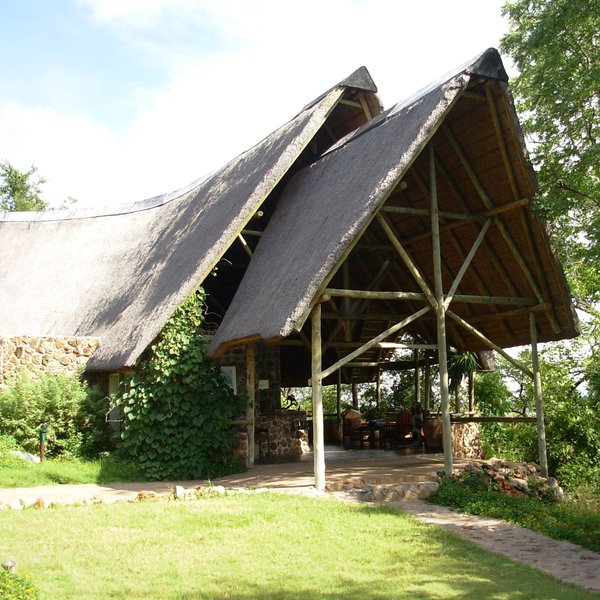
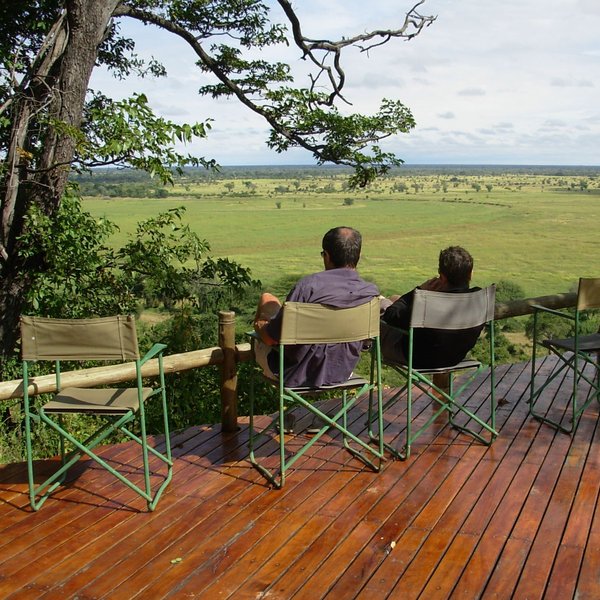
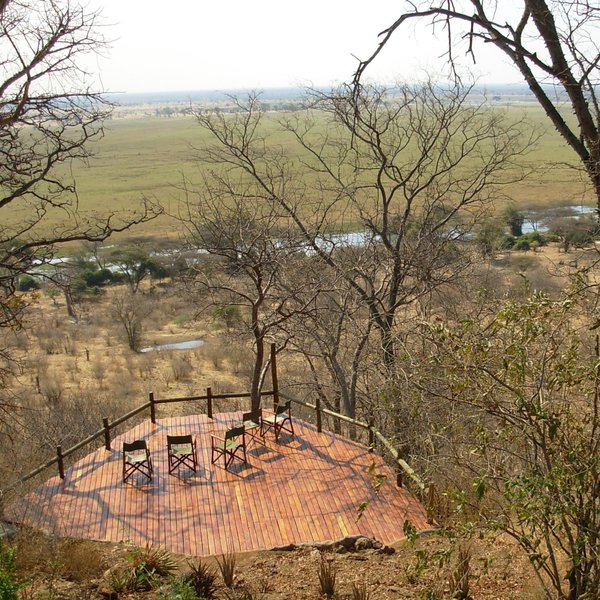
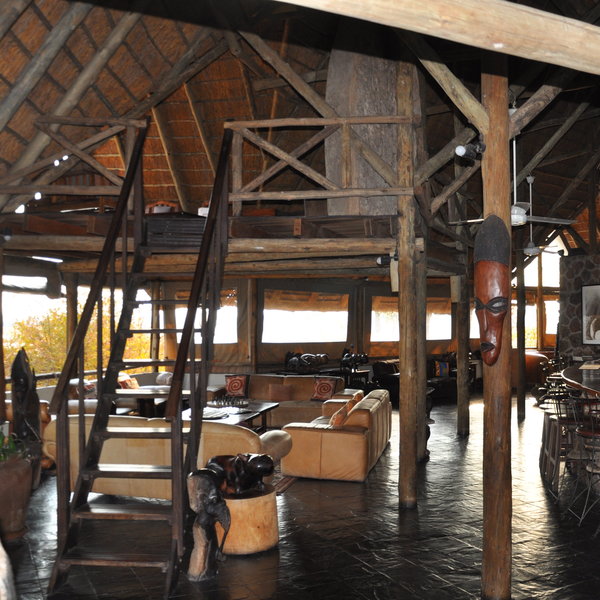
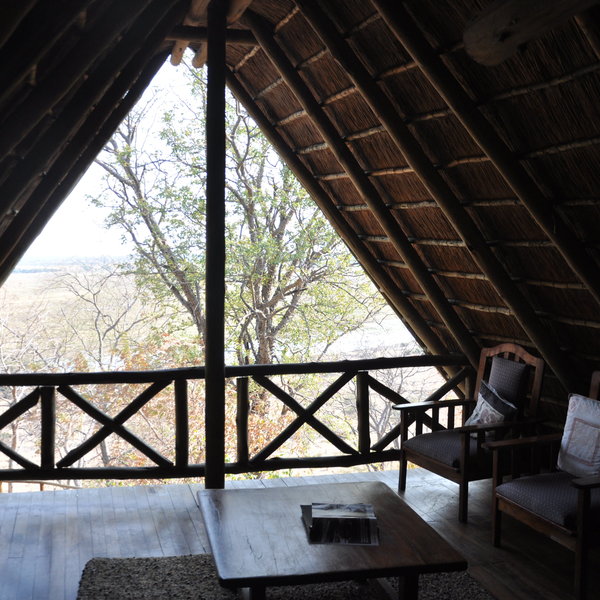
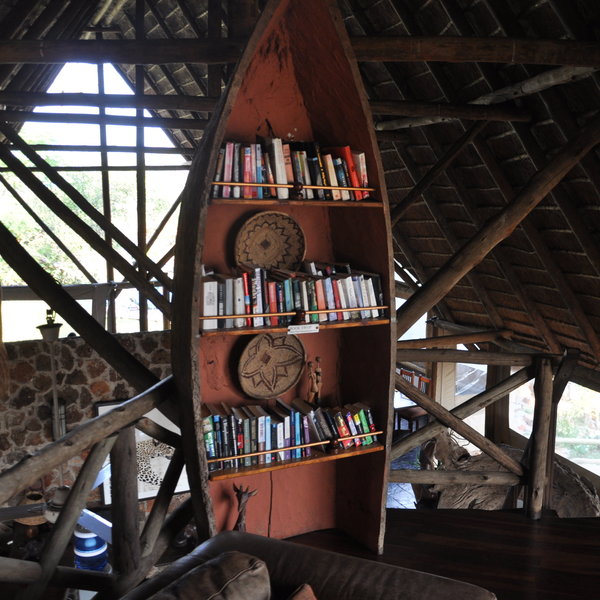
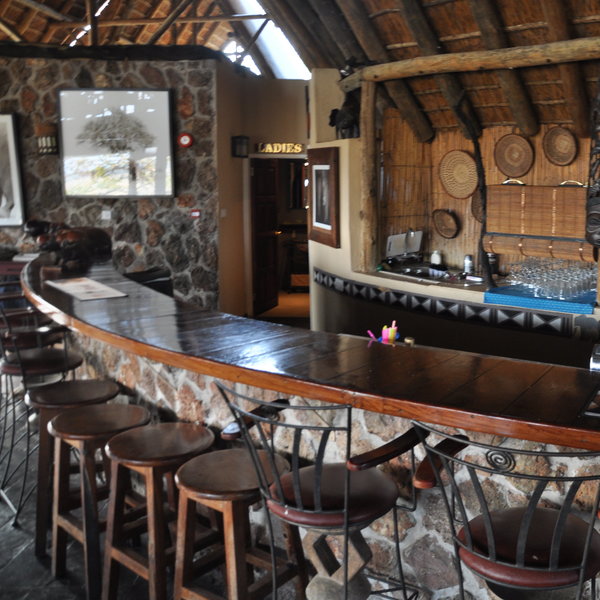
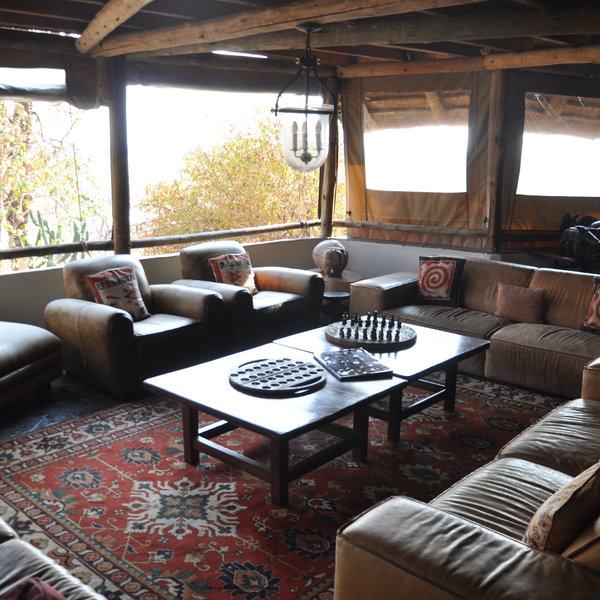
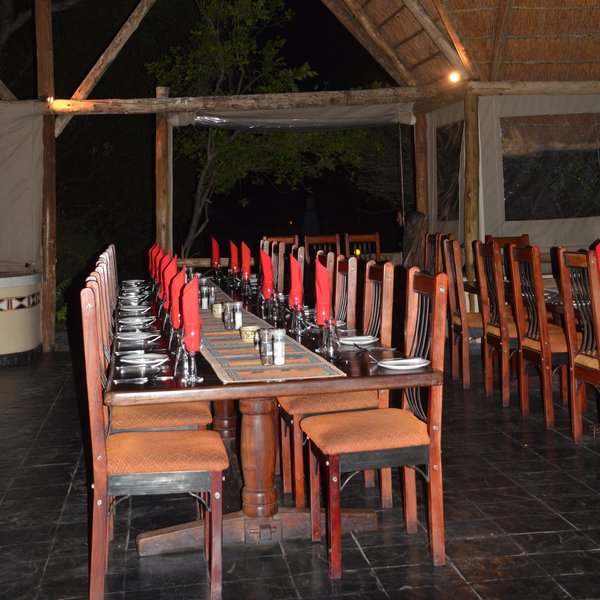
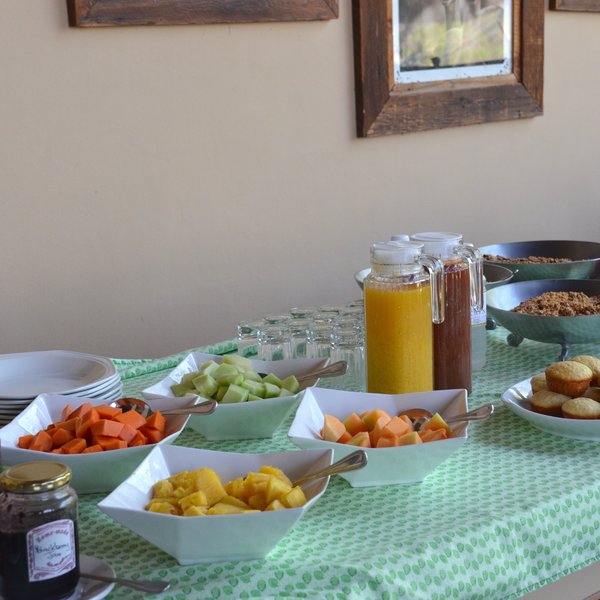
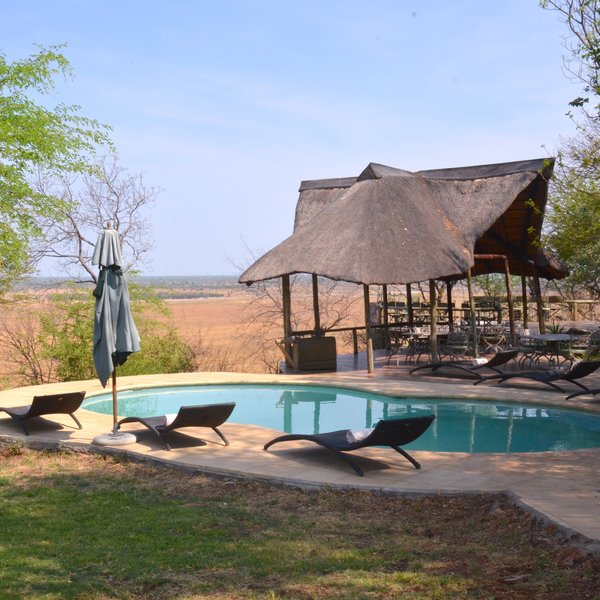
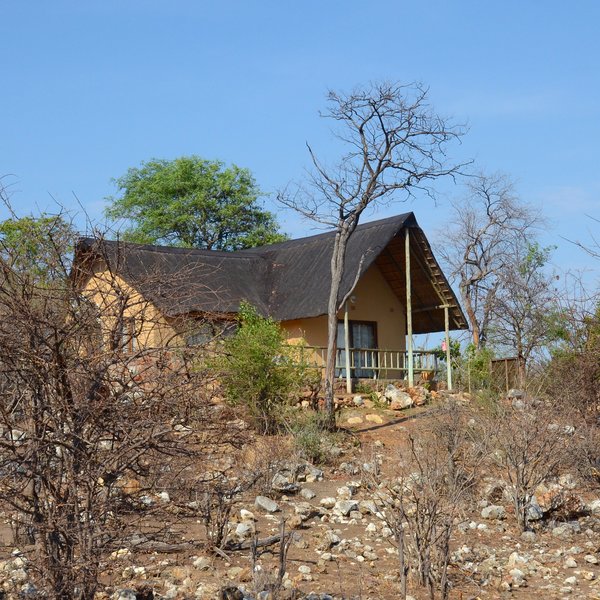
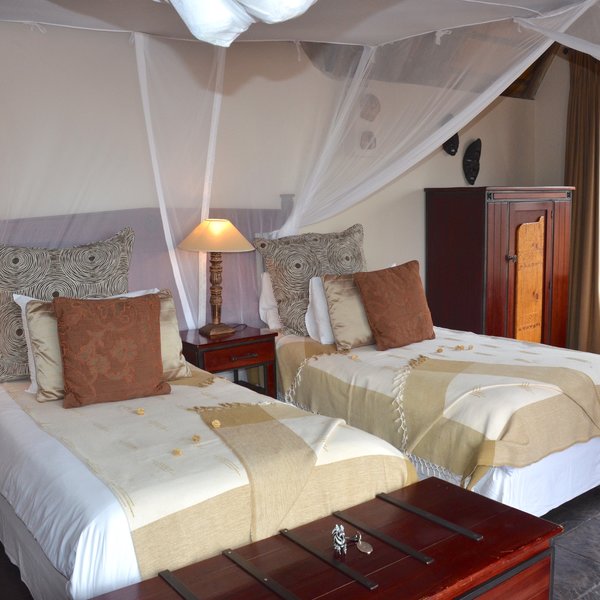
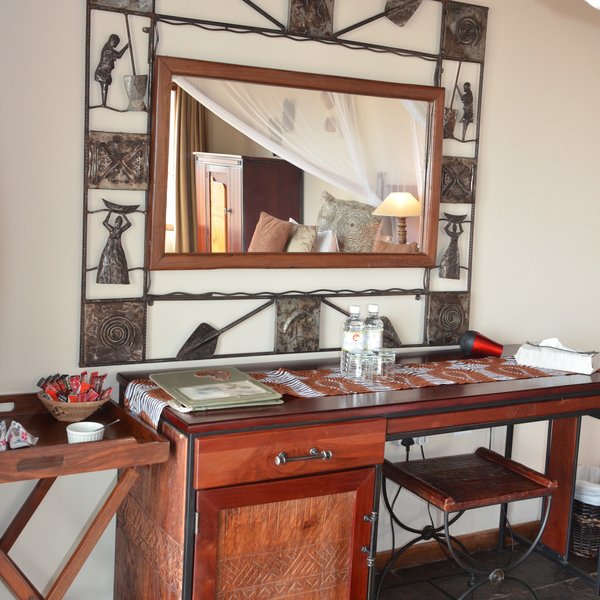
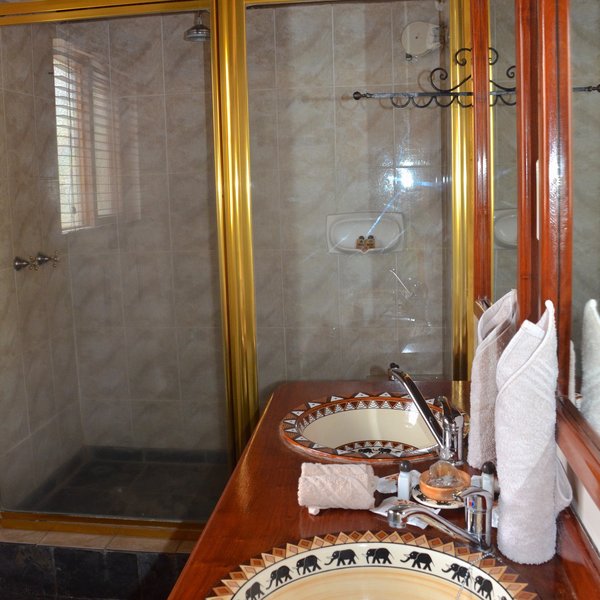
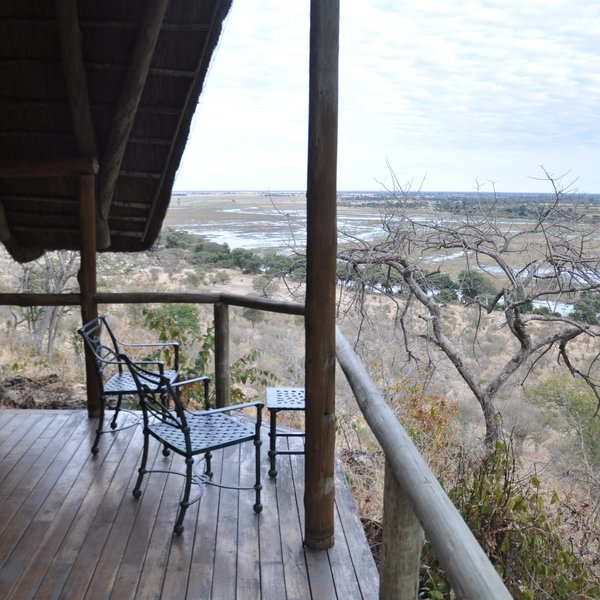
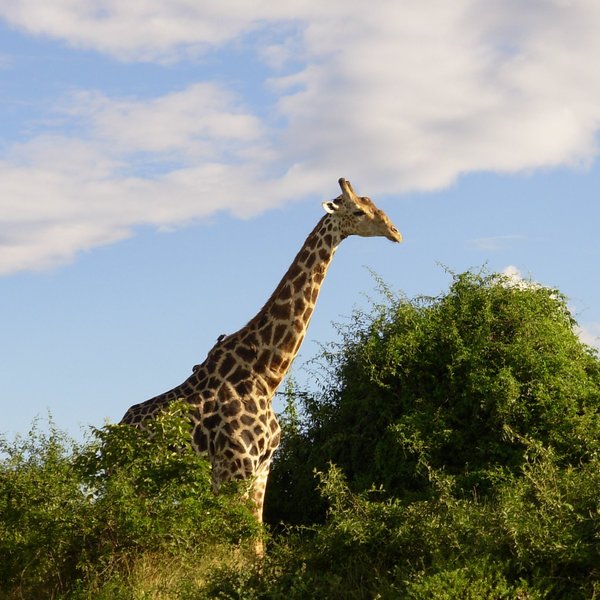
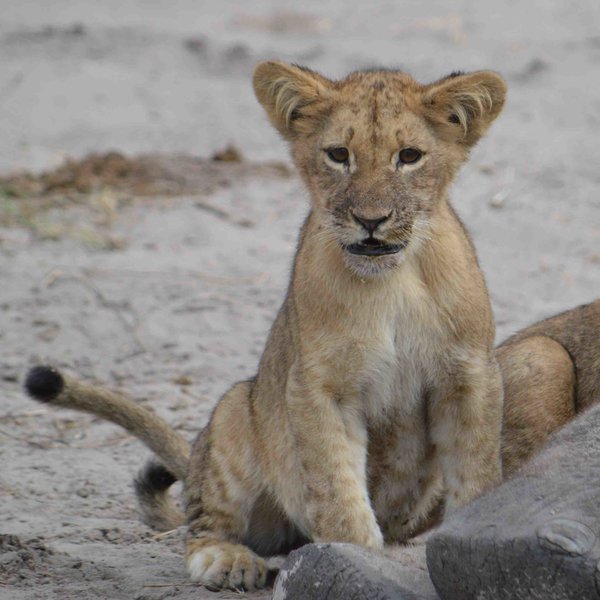
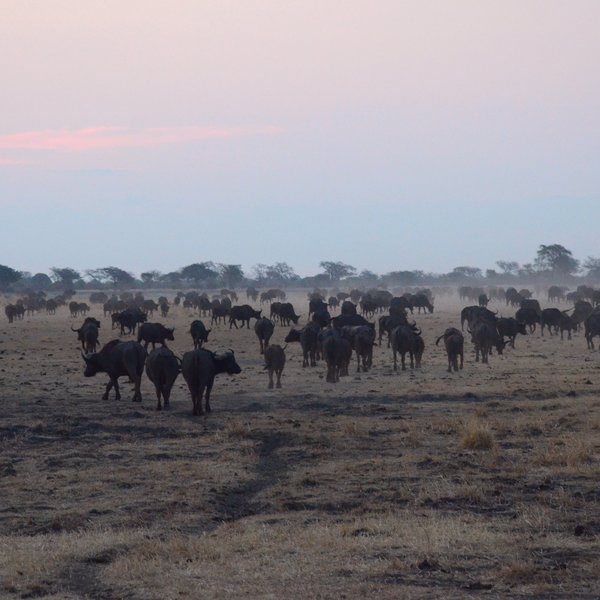
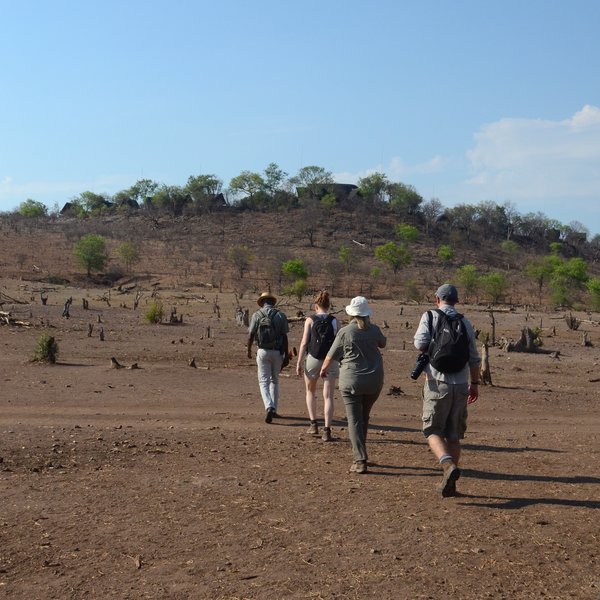
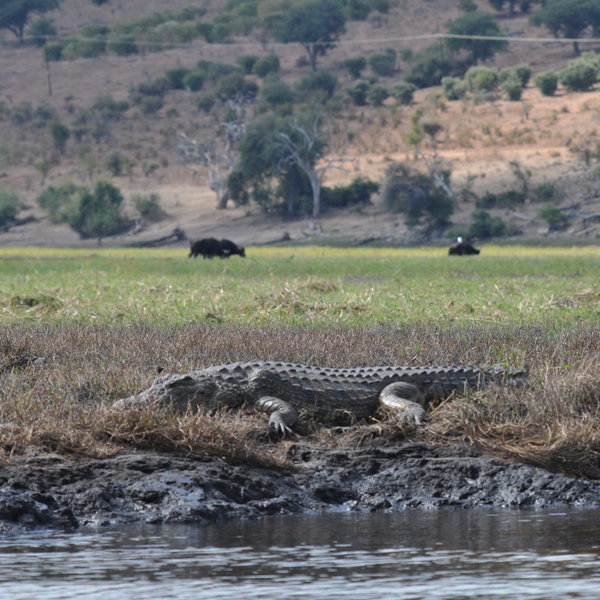
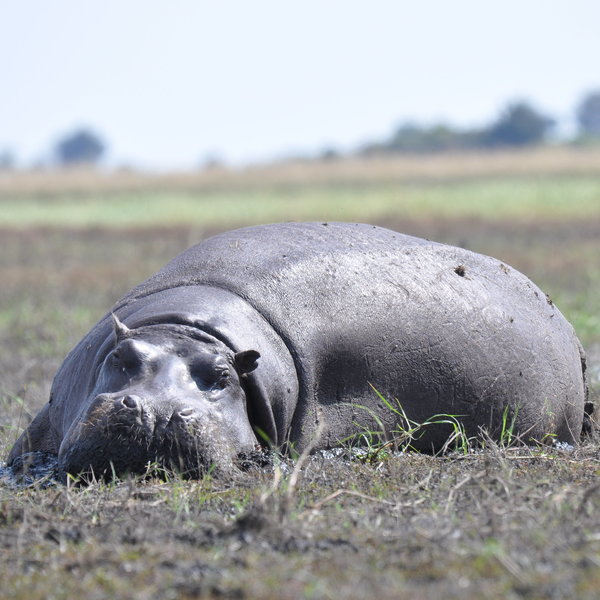
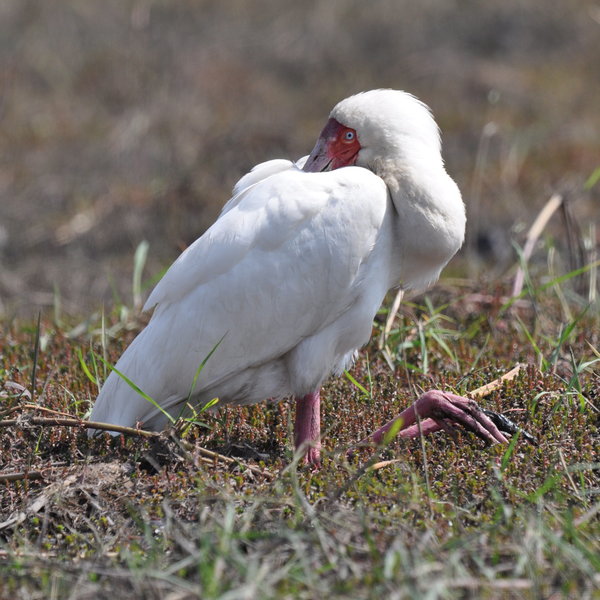
Expert Africa's gallery
When we travel we take lots of photos ourselves to give you a real and un-edited view of the safaris. See our 71 pictures and 1 videos of Muchenje Safari Lodge to get the candid view.
View gallerySafaris visiting Muchenje Safari Lodge
Just ideas, we'll always tailor-make a trip for you
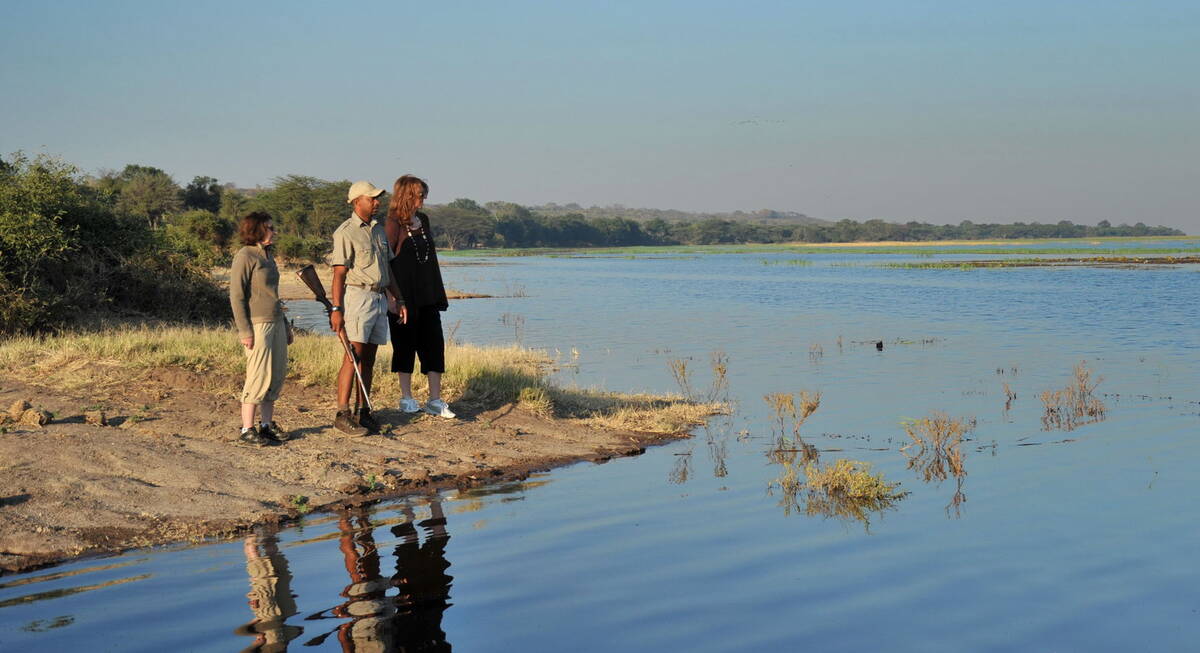
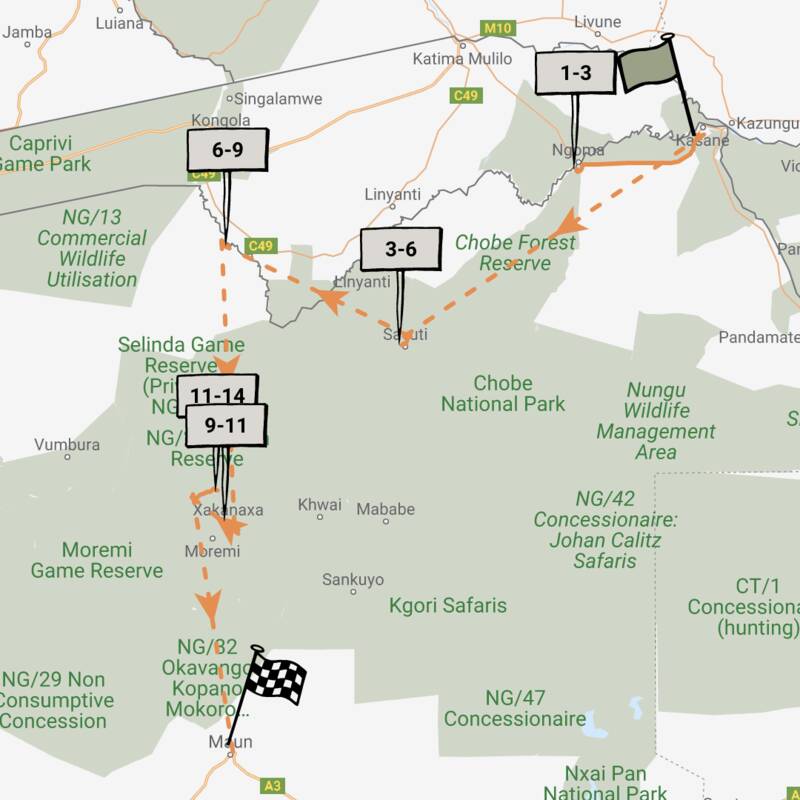
Wild Dog Safari
13 days • 5 locations • 1 country
KASANE AIRPORT TO MAUN AIRPORT
An in-depth discovery of northern Botswana’s wilderness, from Chobe and the private Kwando Reserve to the Moremi and iconic Okavango Delta with a great variety of activities and wildlife.
Visiting Chobe, Moremi & Surrounds and 2 other areas
US$12,930 - US$21,350 per person
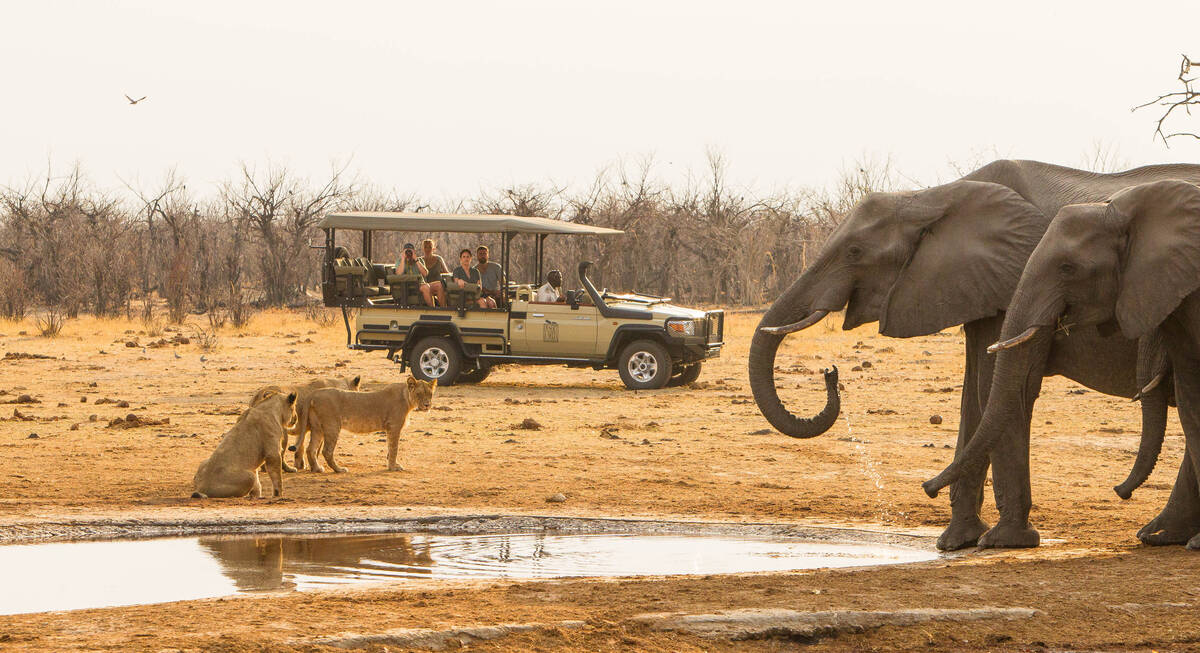
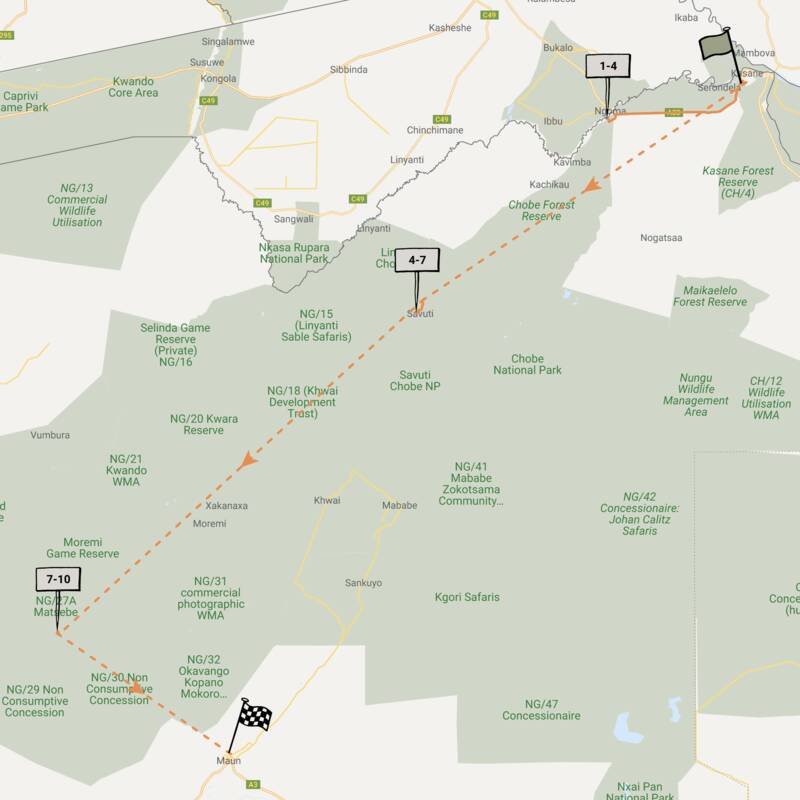
Spring Hare Safari
9 days • 3 locations • 1 country
KASANE AIRPORT TO MAUN AIRPORT
An authentic and diverse safari to Botswana combining the Chobe Forest Reserve, Savuti Marshes and the Okavango Delta. Strong wildlife viewing, a variety of activities and excellent value camps.
Visiting Chobe, Okavango Delta
US$8,710 - US$14,180 per person
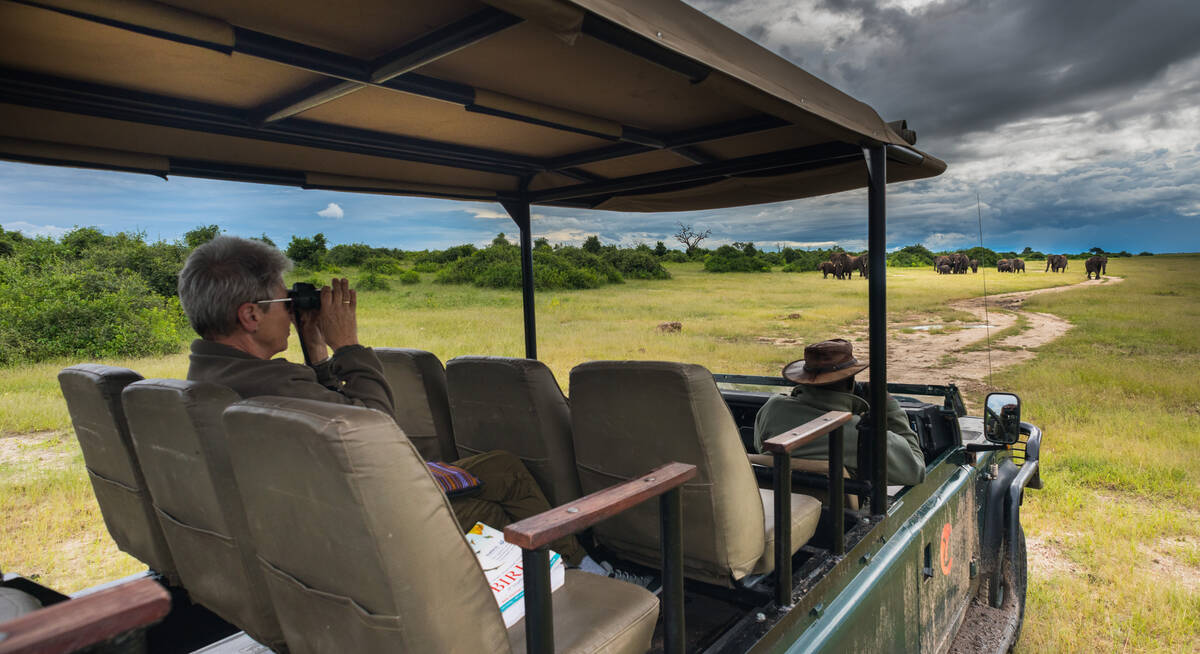
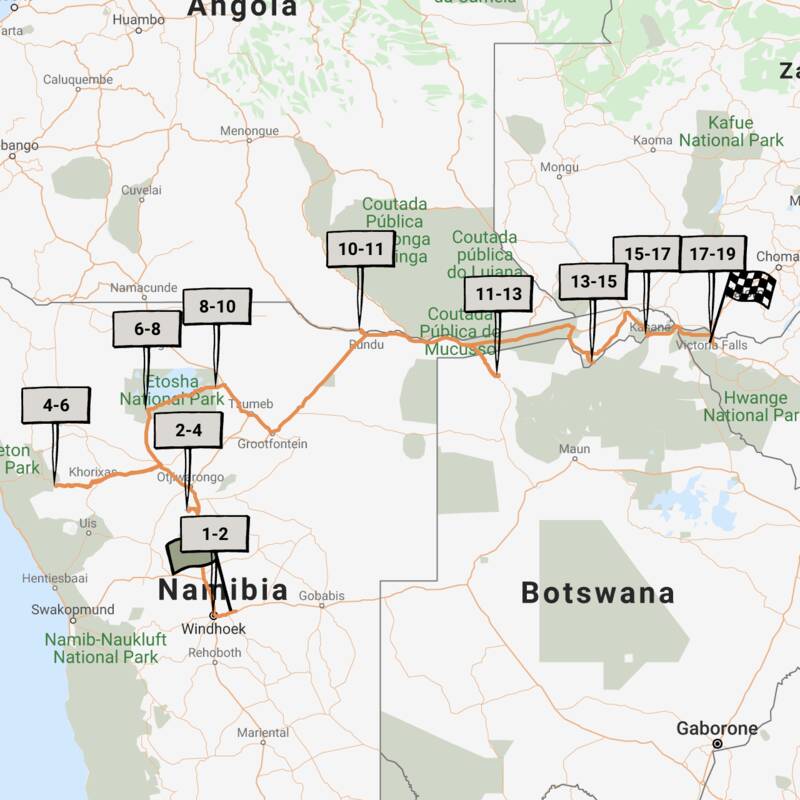
Pygmy Mouse Self-drive Safari
18 days • 10 locations • 3 country
WINDHOEK AIRPORT TO VICTORIA FALLS AIRPORT
A truly epic southern African self-drive safari adventure from Namibia’s mountains and deserts, along the lush Caprivi Strip to Botswana and Victoria Falls in Zimbabwe, staying at luxury lodges throughout.
Visiting Etosha, Victoria Falls and 6 other areas
US$9,800 - US$10,560 per person
Muchenje Safari Lodge: Our full report
From high on the escarpment, Muchenje Safari Lodge overlooks a seasonal floodplain of the Chobe River.
From this peaceful spot within Chobe Forest Reserve, with Namibia's Zambezi Region (formerly the Caprivi Strip) in the distance and about 60km west of the bustling town of Kasane, this traditional lodge has the advantage of operating game drives in a relatively quiet area of the Chobe Riverfront.
Muchenje combines traditional style with a down-to-earth feel that is decidedly relaxing. The main communal area, positioned to maximise the view, is a solid, thatched, split-level building, with a series of canvas 'walls' that are usually rolled up to allow a through breeze. As well as a large central bar and plenty of comfortable seating, there's a sizeable dining table where meals are usually taken as a group. Upstairs on a mezzanine level is a small library with a few books and board games. Muchenje's gift shop is well-stocked with local arts and crafts as well as books on birds, wildlife, and the surrounding area.
A few steps lead down to the firepit, where pre- and post- dinner drinks are often taken when the weather is cooler: a great place to recant the day's events. Further down again is another small viewing deck, overlooking the floodplain, while tucked to the side of the main area is a good-sized swimming pool, complete with sunloungers
Muchenje's 12 comfortable chalets also make the most of the view. All are similar in design, solidly built with high thatched roofs and cream-painted walls. Although some are relatively closely together, they are interspersed by areas of bush that do quite a good job of ensuring privacy, albeit without always screening the whole neighbouring chalet from view.
Eleven of the chalets have double or twin beds with a mosquito net, a wardrobe for storing luggage and clothing, a small lounge area with a couple of wooden chairs, a writing table, tea- and coffee-making station, minibar stocked with bottled water, electric safe, ceiling fan and air conditioning – a bonus in the hotter months. Sliding doors lead out to a wooden veranda where a small table and a couple of chairs catch the sun for most of the day. The en-suite bathrooms are quite small and simple but well-maintained, with a shower, flush toilet and his and hers washbasins.
The two-storey family chalet, sleeping four guests, has a double bed in the living area, two single beds in the 'loft' area above, and two bathrooms – one with a large bathtub.
Activities at Muchenje are varied and quite flexible. If you want to be woken at 5.30am for a nature walk or early-morning game drive, then that's exactly what you can do. But if you’d rather wake a little later (breakfast is usually served at around 8.30am) and relax by the pool all day, that's perfectly possible too. Options include half- and full-day 4WD safaris in the park; walks and night drives in the forest reserve; boat cruises on the Chobe River; and visits to the nearby Muchenje village.
On our most recent visit, in July 2017, we opted for a full-day boat cruise and game drive in Chobe National Park, followed by a night drive, with an early drive into the park the next morning. As the boat trip begins in Kasane, this is incorporated into a full-day activity, with a game drive through the park, followed by time on the river, and culminating in another game drive back to Muchenje – though one of these drives is likely to be on the tar road. Note that all vehicles must leave the park before nightfall, so in the winter months afternoon game drives return to camp by around 6.30pm.
Our full-day trip was great, though quite a long day. The hour-long drive to Kasane was on the tar road, and although we did spot some elephants, it was very cold in an open-sided safari vehicle in early July. (Note that this journey is now run in a closed transfer vehicle so much warmer!). During the boat cruise, we approached close to various islands that were teeming with wildlife, from huge numbers of elephant to hippos, crocodiles and antelope such as tsessebe and impala, and plenty of Cape buffalo. After lunch on board, we drove back to Muchenje through the park, where we spent some time watching a pride of lions that was feasting on a large male giraffe.
The highlight of our early-morning drive into the park, when we also saw hyena and elephant, was watching around 200 buffalo crossing the Chobe River. What a great way to end our safari!
Since our latest visit we also understand that long-standing plans to build a new jetty closer to the lodge have materialized. This is being used as part of a new morning boat activity, which begins with a drive of around an hour through the park and then a gentle boat trip on the flood plains of the Chobe river. This boat trip will be flood dependent and we expect it to be possible from around February to September, but please ask us for details.
Although walks and night drives are not permitted within Chobe National Park, both are possible in the private forest reserve around Muchenje are possible. During our night drive, lasting around an hour, we were lucky enough to glimpse a hyena, three small-spotted genets and a wildcat.
On a previous visit, our guide led us on a walk to a perfect viewing spot to observe a herd of elephants making their way up the ravine below us – completely unaware of our presence. And not long after, a herd of buffalo followed suit!
Although Muchenje is at the quieter western end of the Chobe Riverfront, the area to the east is very busy. Full-day excursions from Muchenje that incorporate the boat trip tend to spend some time in this busier eastern side, whereas morning or afternoon game drives typically stick to the western side of the park, where you are less likely to see other vehicles.
Travellers arriving at Muchenje from the more exclusive and remote private reserves of the Okavango Delta or Linyanti region of northern Botswana may be disappointed by the number of other visitors they see, although probably simultaneously cheered by the density of animals, particularly during the drier months between around June and October. Hence we often recommend Muchenje as a place to ease into your trip, at the beginning of your itinerary, rather than one to round it off.
Activities
4WD Safari
Birdwatching
Boat trip
Cultural excursion
Mokoro
Private activities
Families & children
- Attitude towards children
- Children of eight years and over are welcome at Muchenje. Families with younger children will be considered on request.
- Property’s age restrictions
- Minimum age eight years.
- Special activities & services
- Special family safaris are available, but a private vehicle will usually need to be booked.
- Equipment
- There is no children's equipment but there is a two-bedroom family chalet.
- Generally recommended for children
- The relaxed approach and variety of activities should make this a good place for families to stay.
- Notes
- Dangerous wildlife moves frequently through the lodge's grounds. The pool is unfenced and there are steep drops in front of many of the chalets and viewing decks. Children must be under the constant supervision of their parents.
Food & drink
- Usual board basis
- Full Board & Activities
- Food quality
- On our most recent visits, including in July 2017, the food at Muchenje has generally been hearty and very good. Vegetarians and those with many other special requirements can be catered for with sufficient notice.
If you’re heading out on an early-morning activity, the day starts with tea and coffee, and a light snack, such as chocolate muffins or toast.
Back at the lodge, around mid-morning, breakfast is varied and very tasty with a good variety of fruit, cereals and yoghurt, as well as cheese, bread and cold meats. There is also the option of eggs, fried tomatoes, bacon and sausages, all cooked on a gas hob in front of the guests. On both mornings, we enjoyed omelettes with diced tomatoes, onions, peppers and cheese.
For guests on a full-day trip, breakfast is usually served a little earlier than this, then lunch is a picnic on board the boat. Our lunch was fresh and simple but nonetheless delicious, with a carrot and raisin salad, homemade pizza slices, meatballs and vegetable pasta salad.
For lunch at the lodge you can expect something like quiche, lasagne or spaghetti bolognese with fresh salads, rounded off with a cheeseboard and fresh fruit salad.
Dinner is served at around 7–8.00pm, allowing guests to head out on a short night drive at around 9.00pm if they wish. On our first night, a long, candlelit table next to a large fire had been set up in a clearing in Muchenje’s private reserve. We enjoyed singing and dancing from the staff, then sat down to a barbecue of chicken wings and drumsticks, droëwors sausages and lamb chops, with potato salad, a selection of vegetables, rice and maize pap. The next evening we dined communally around tables at the lodge. Our starter of butternut and tomato soup was followed by a choice of oxtail stew or breaded bream with vegetables and rice. For dessert we enjoyed apple tart and custard, but could also have opted for bread-and-butter pudding. - Dining style
- Group Meals
- Dining locations
- Indoor and Outdoor Dining
- Further dining info, including room service
- Private dining can be arranged on request.
- Drinks included
- Most drinks, including house wine, beers and local spirits, are included. Premium-brand and imported spirits and liqueurs as well as fine wines and champagne are available only on request, and will cost extra.
Fresh bottled mineral water and glasses are kept on a stand by the bed and are normally re-stocked in the room's minibar.
Our travellers’ wildlife sightings from Muchenje Safari Lodge
Since mid-2018, many of our travellers who stayed at Muchenje Safari Lodge have kindly recorded their wildlife sightings and shared them with us. The results are below. Click an animal to see more, and here to see more on our methodology.

100% success

100% success

98% success

95% success

95% success

90% success

57% success

54% success

49% success

42% success

37% success

22% success

21% success

18% success

7% success

3% success

3% success

0% success
Getting there
- Location
- Chobe National Park, Botswana
- Ideal length of stay
- Because of the variety and flexibility of activities, we'd recommend a stay of at least two or three nights at Muchenje.
- Directions
- It's roughly a 50-minute drive from Kasane Airport to Muchenje, largely along a tar road; transfers are made in an air-conditioned minibus, and there is often game to see along the road.
- Accessible by
- Fly-and-Transfer
Special interests
- Family safaris
- For a family safari in Botswana, Muchenje is a fantastic option with guides who specialised in guiding children for years. The lodge has a family room with two single beds in a 'loft' area (albeit up a fairly steep stepladder).
- See ideas for Family safaris in Botswana
Sustainability
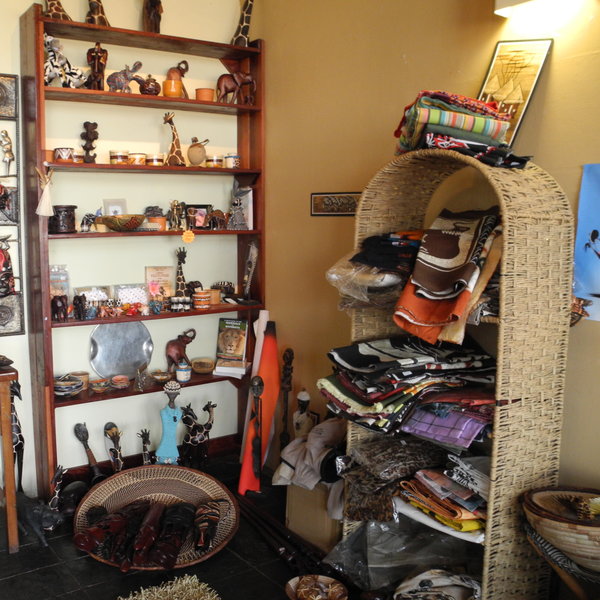
Muchenje Lodge: Connecting locals and tourists
Set in a peaceful corner of a private concession within the Chobe River area, Muchenje Safari Lodge prides itself on over 20 years of experience in eco-friendly tourism, and one of Muchenje’s biggest strengths is their commitment to create a balance between unique guest experiences and support for the local community, showcased through their daily donation of food waste to farmers, and an on-site gift shop selling local arts and crafts. Also, during visits to local villages, tourists have the possibility to meet a local family in their homestead, allowing locals to display their way of life by offering a tour of their traditional homes.
Muchenje Safari Lodge’s main sustainability effort is through its support of the local Mabele Primary School, which guests are welcome to visit during the children's’ break time - the children enjoy showing guests around. Should guests wish, Muchenje is a sponsor of the ‘Pack for a Purpose’ programme, encouraging tourists to ask prior to their arrival about items to bring for the school.
See more great sustainability projects in Botswana
Communications
- Power supply notes
- There is a back-up generator.
- Communications
- Telephone, fax and email are all available at Muchenje, which also has cellphone coverage as well as WiFi in the main area.
- TV & radio
- There is no television or radio at Muchenje.
- Water supply
- Mains
- Water supply notes
- The chalets at Muchenje are fully plumbed with running hot and cold water, and flushing toilets.
Health & safety
- Malarial protection recommended
- Yes
- Medical care
- The managers are first-aid trained. The nearest doctor is in Kasane, which is approximately 50 minutes' drive from the lodge.
- Dangerous animals
- High Risk
- Security measures
- There are locks on doors and security guards on patrol at night. 'Fog horns' are provided in the chalets to summon help in case of emergency.
- Fire safety
- Fire extinguishers are situated outside every chalet and around the lodge.
Useful info
- Disabled access
- Not Possible
- Laundry facilities
- A full laundry service is included.
- Money
- There are safes in all the rooms.
- Accepted payment on location
- Mastercard and Visa credit cards are accepted; Diners and Amex are not. Cash payments may be made in South African rand, GB sterling, US dollars, euros and Botswana pula.
Plan and book your trip with Expert Africa
All of our trips are tailor-made, so we'll always adapt them to suit you. Talk to an Expert and let us plan and arrange your perfect trip.

Talk to an Expert
Call or email us now! We’ll match you with the Specialist in our team who is best suited to help you. Then together we can start planning your trip.

Set up your itinerary
Based on our experience and your ideas, your specialist will create a detailed, costed itinerary. We’ll refine it together, until we have a trip that you’re perfectly happy with.

Prepare for your trip
The same Specialist will make the seamless arrangements for your trip, send you detailed travel documents, and be available to answer any questions before you depart.

Travel with peace of mind
After you set off, you’ll be cared for by our partners in Africa, most of whom have worked with Expert Africa for decades. And if you ever need us urgently, we’re available 24/7.

When you return
We love to learn about your trip, and so will always be grateful if you’ve the time to give feedback to your Specialist when you return.
Muchenje Safari Lodge's location
Look closer at the environment and surroundings of Muchenje Safari Lodge.
Excursions from Muchenje Safari Lodge
Optional extra day-trips and excursions possible whilst you're staying at Muchenje Safari Lodge. Talk to us: these are usually best arranged before you go.
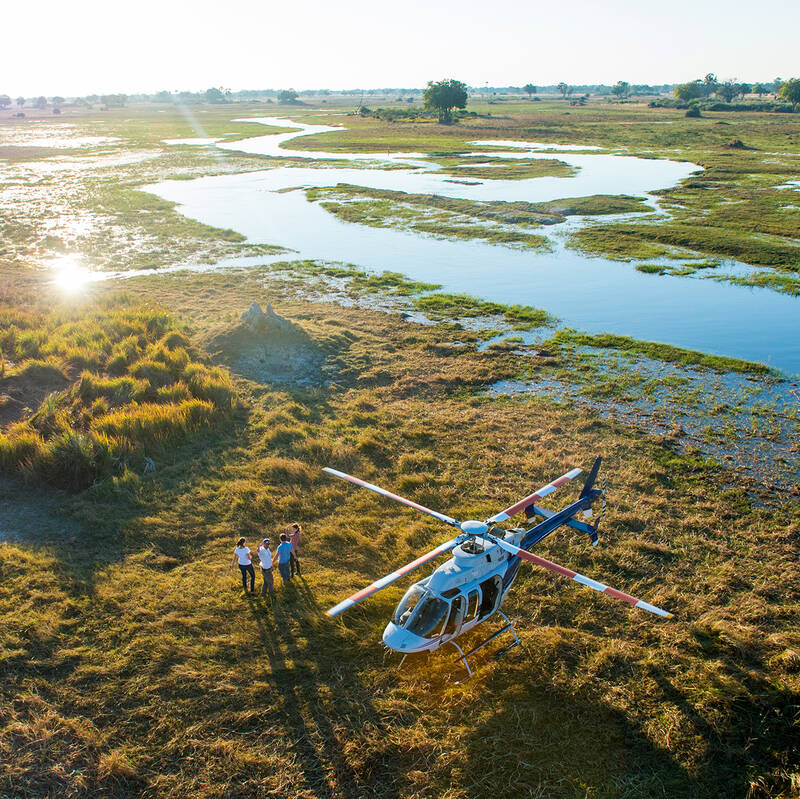
Helicopter Flight - Botswana
Various: from 30 minutes to half a day.
Low-flying, agile and offering superb views, helicopters are an ideal way to move around the Okavango Delta.You can use them instead of fixed-wing inter-lodge transfers or as an addition to other wildlife watching activities, and of course, helicopters can hover to allow that perfect pic, whereas fixed-wings can’t.
More about Helicopter FlightOther lodges in Chobe National Park
Alternative places to stay in this same area.
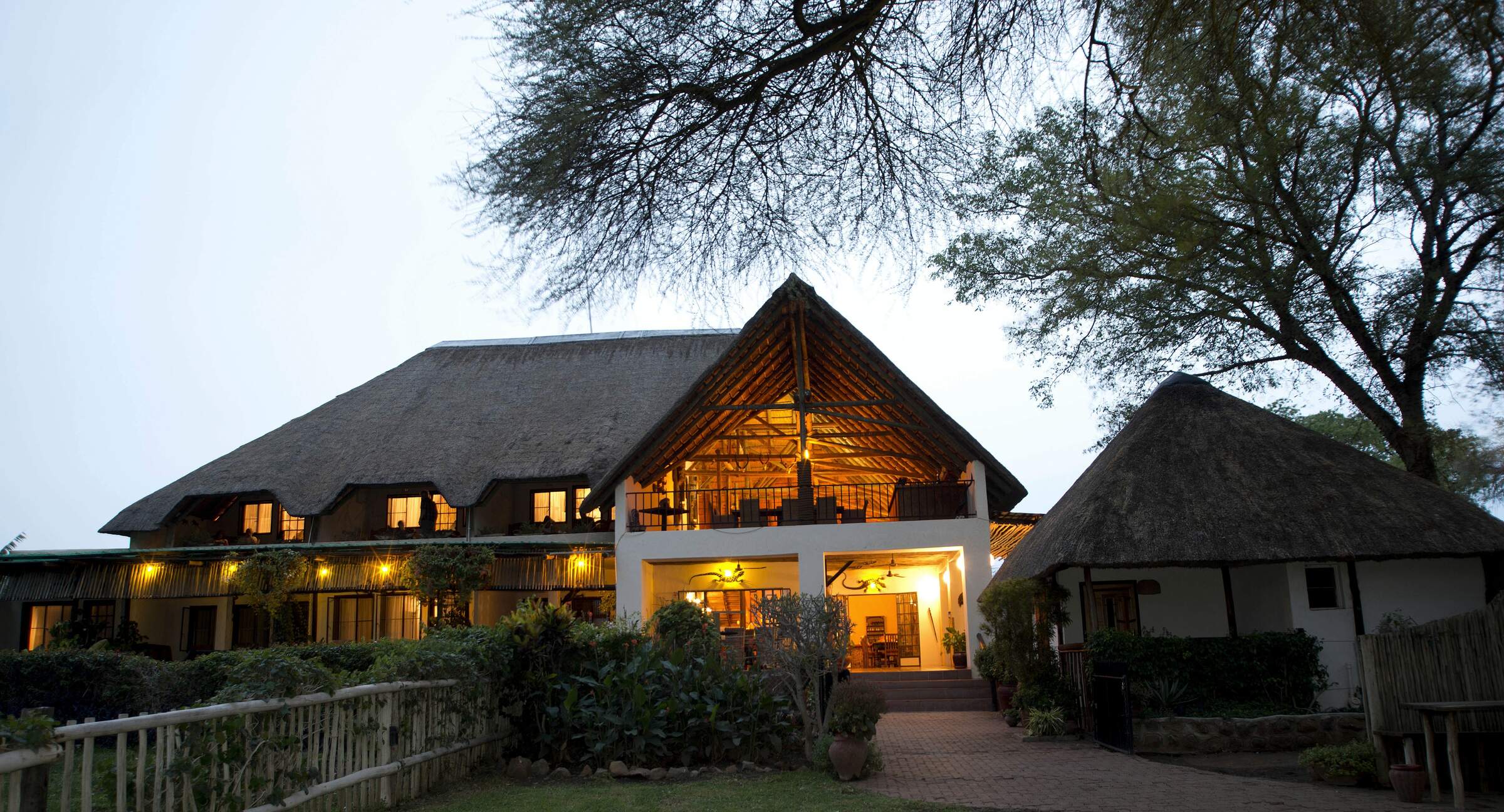
Chobe River Lodge
Overlooking the Chobe River, the intimate Chobe River Lodge is a haven of tranquillity away from the bustle of Kasane.
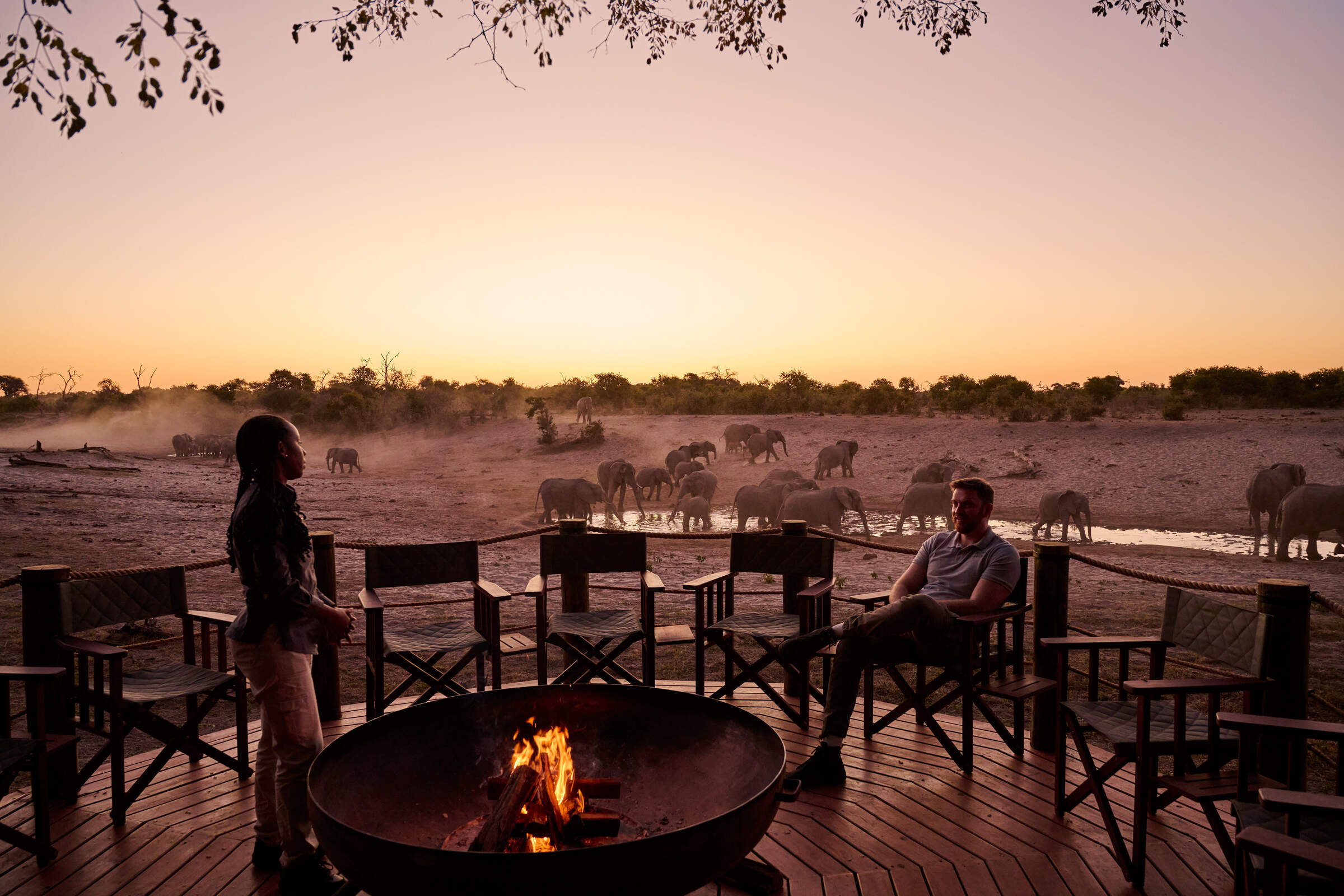
Savute Safari Lodge
Savute Safari Lodge sits on the banks of the Savuti Channel within Chobe National Park, and offers access to excellent game viewing, especially during the dry season.
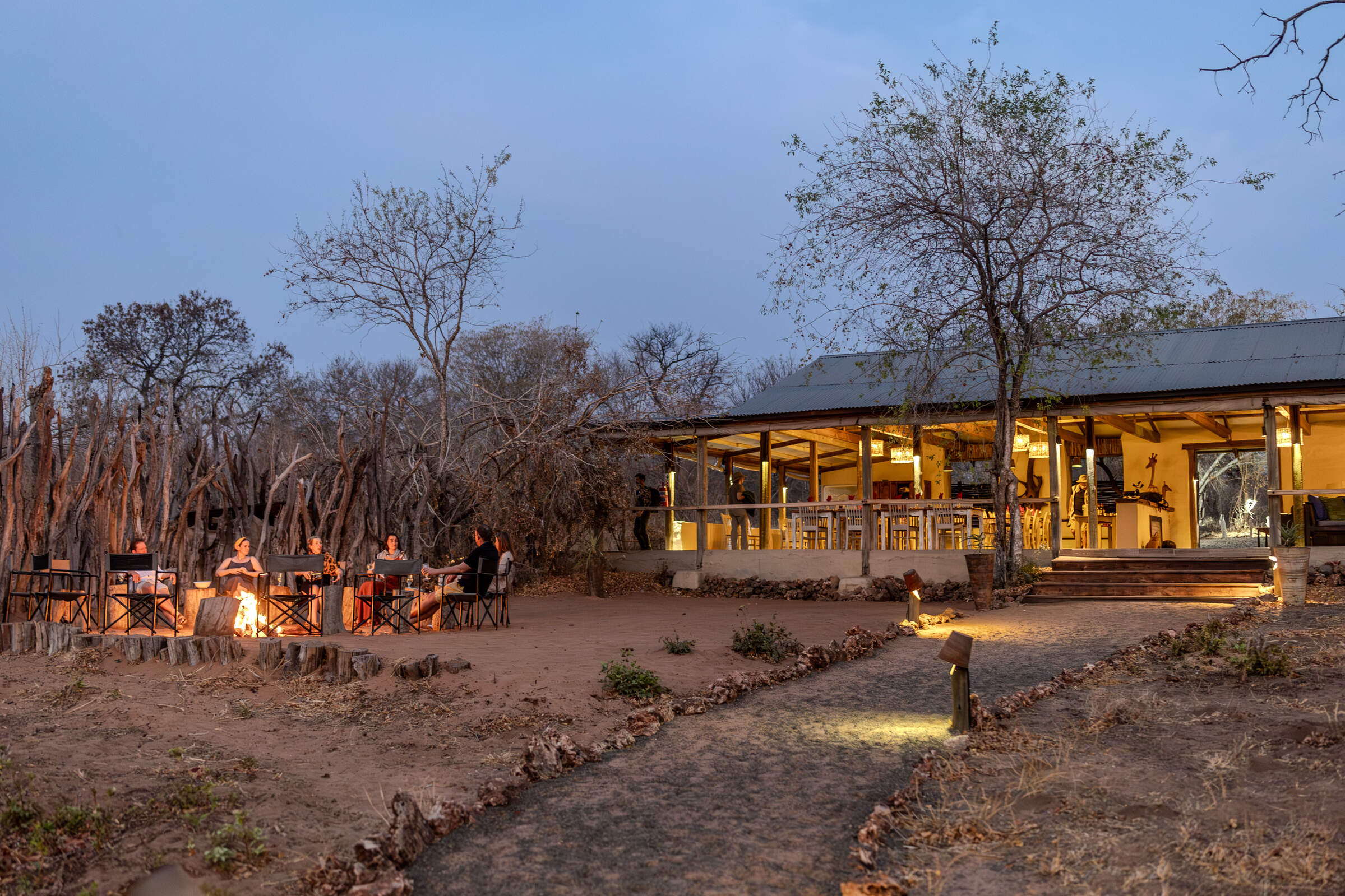
Chobe Elephant Camp
Located in one of our favorite areas of Chobe National Park, Chobe Elephant Camp is a simple but well-appointed camp with a strong bush feel.
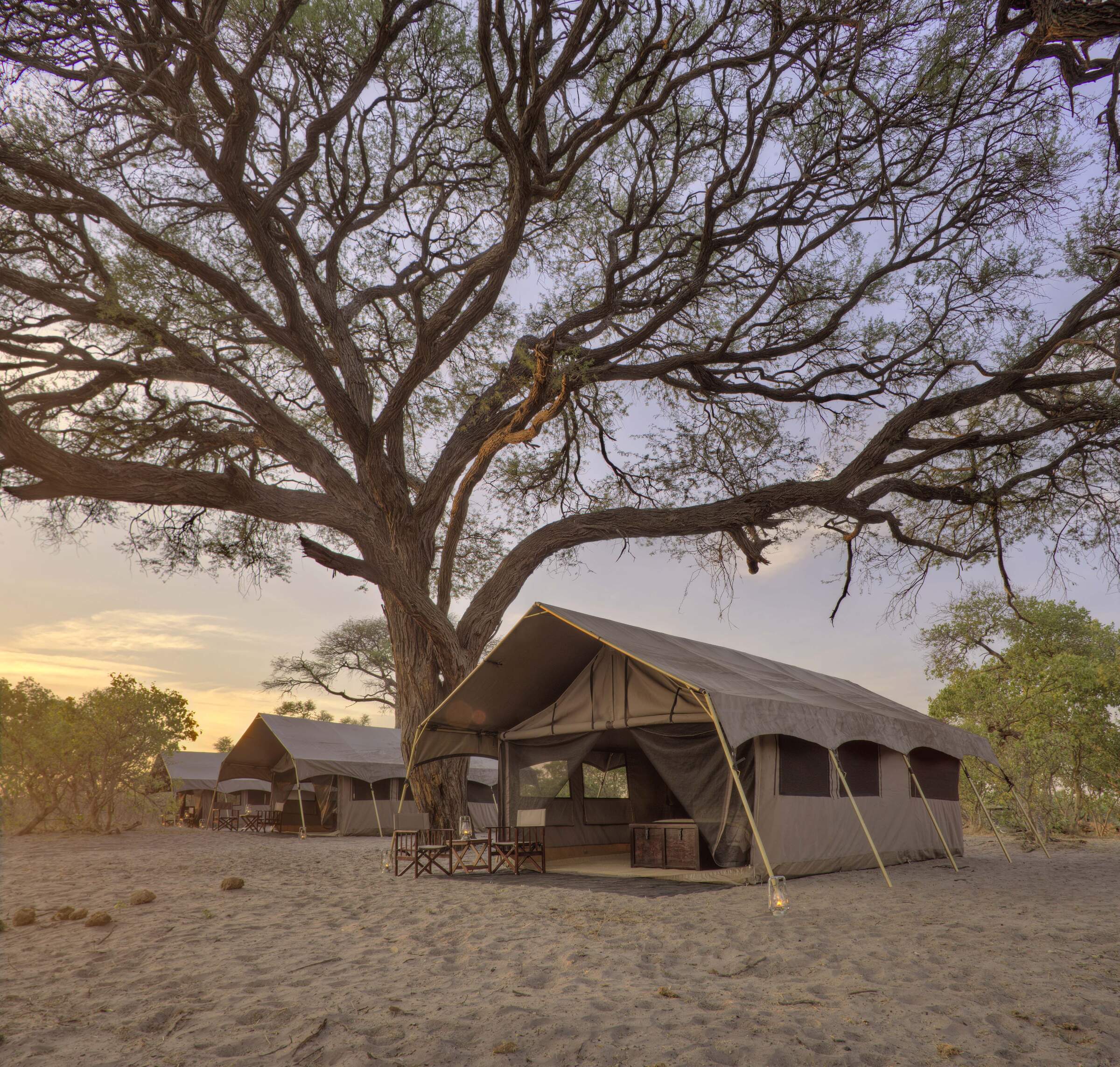
Savute Under Canvas
A mobile camp with the comforts of a semi-permanent tented camp, Savute Under Canvas offers guided game drives within the Savuti region of Chobe National Park.
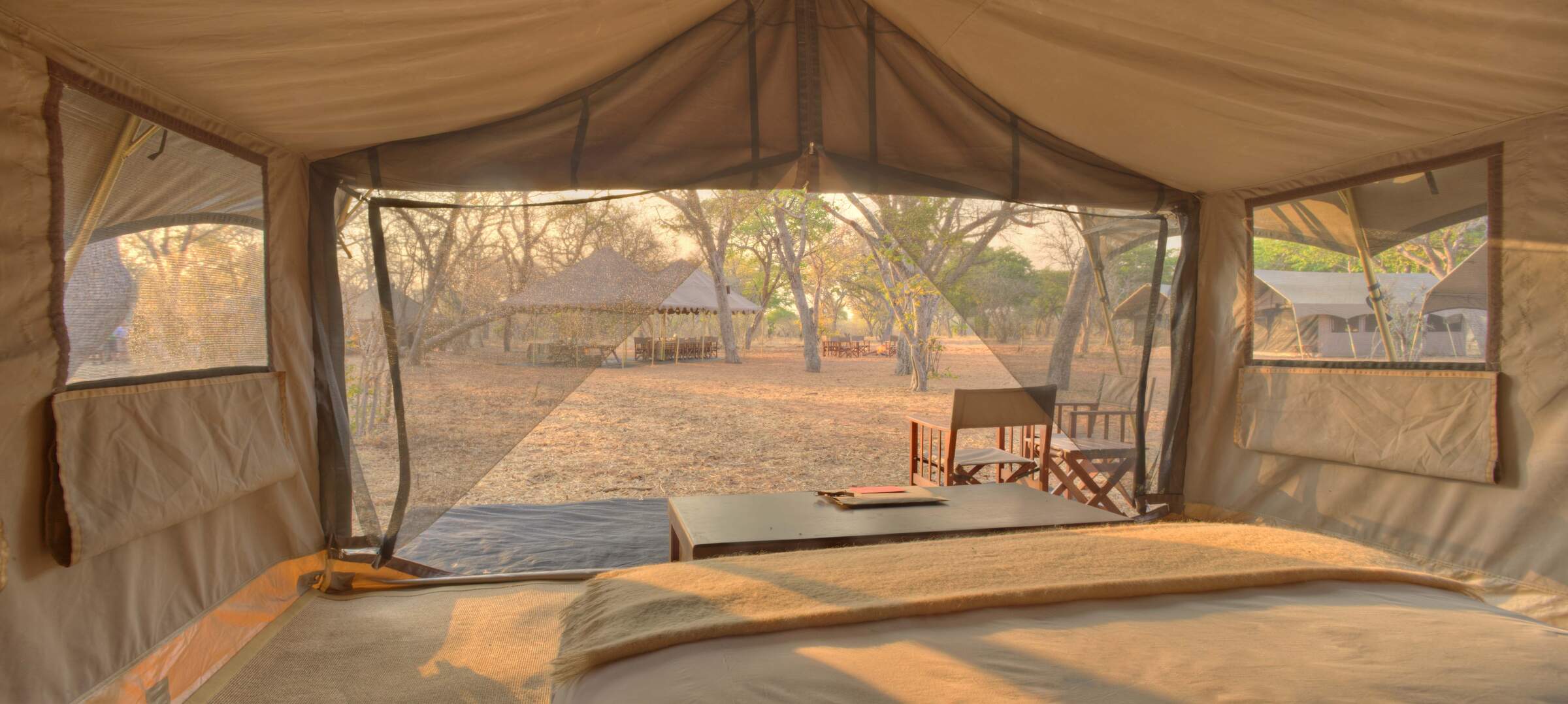
Chobe Under Canvas
This is a typical location for Chobe under Canvas, a small, semi-permanent camp in the Chobe Riverfront area that offers good value for money and high standards of care.
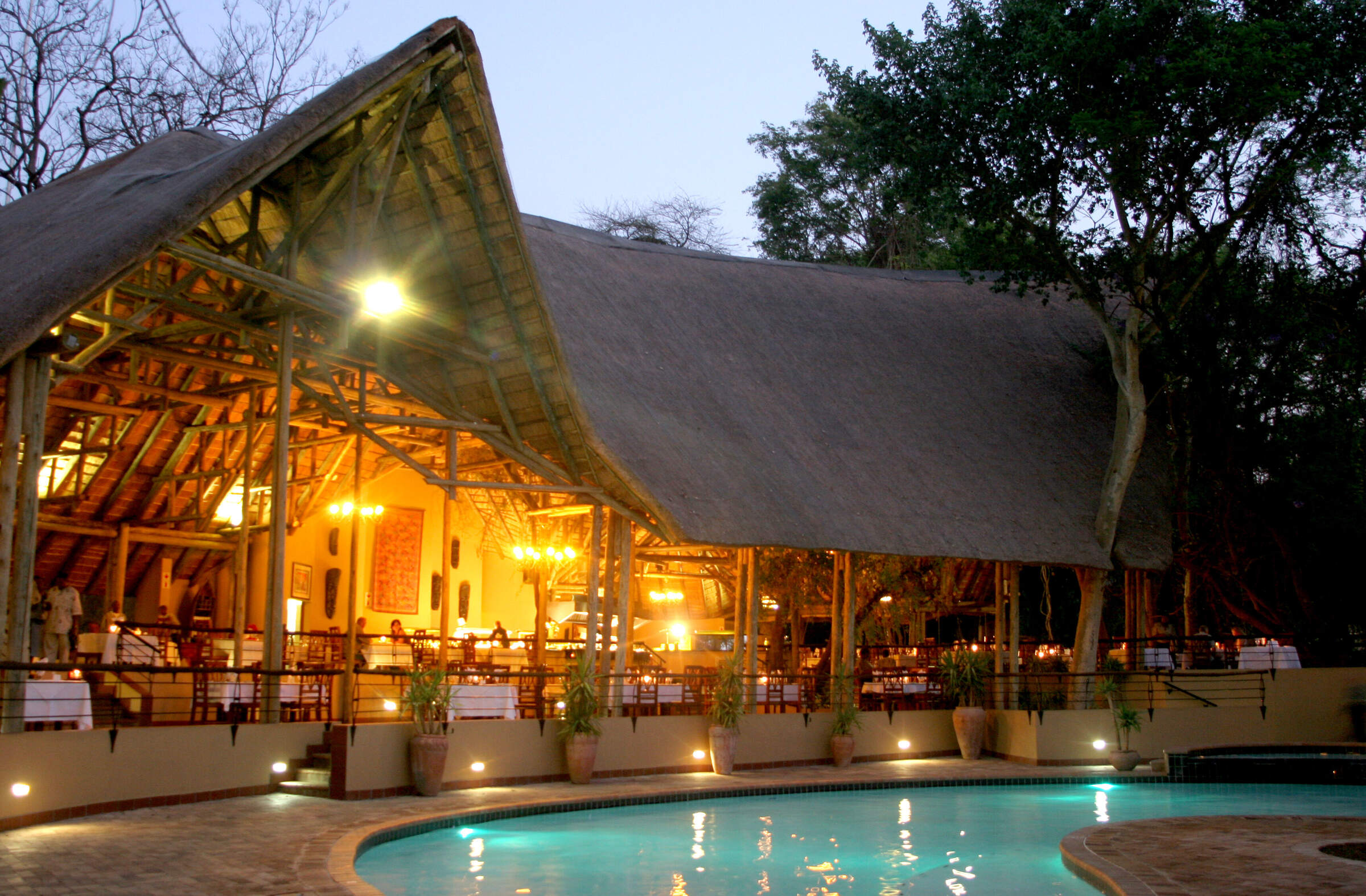
Chobe Safari Lodge
Chobe Safari Lodge is a good value, hotel-style lodge in the heart of Kasane offering game drives, boat cruises and fishing trips.
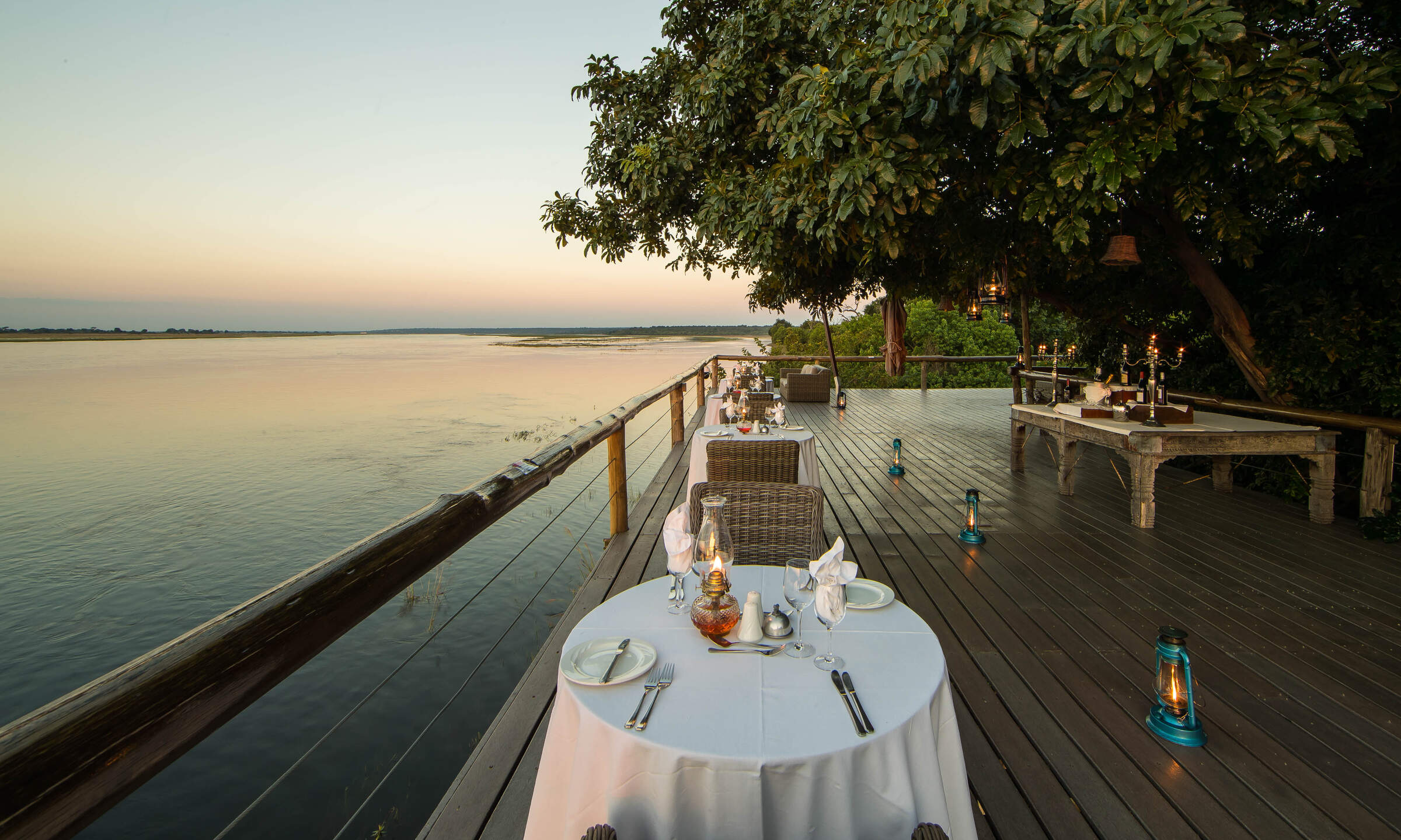
Chobe Game Lodge
Chobe Game Lodge occupies an enviable riverfront location within Chobe National Park and boasts well-earned 'eco' credentials, as well as an excellent all-female guiding team.
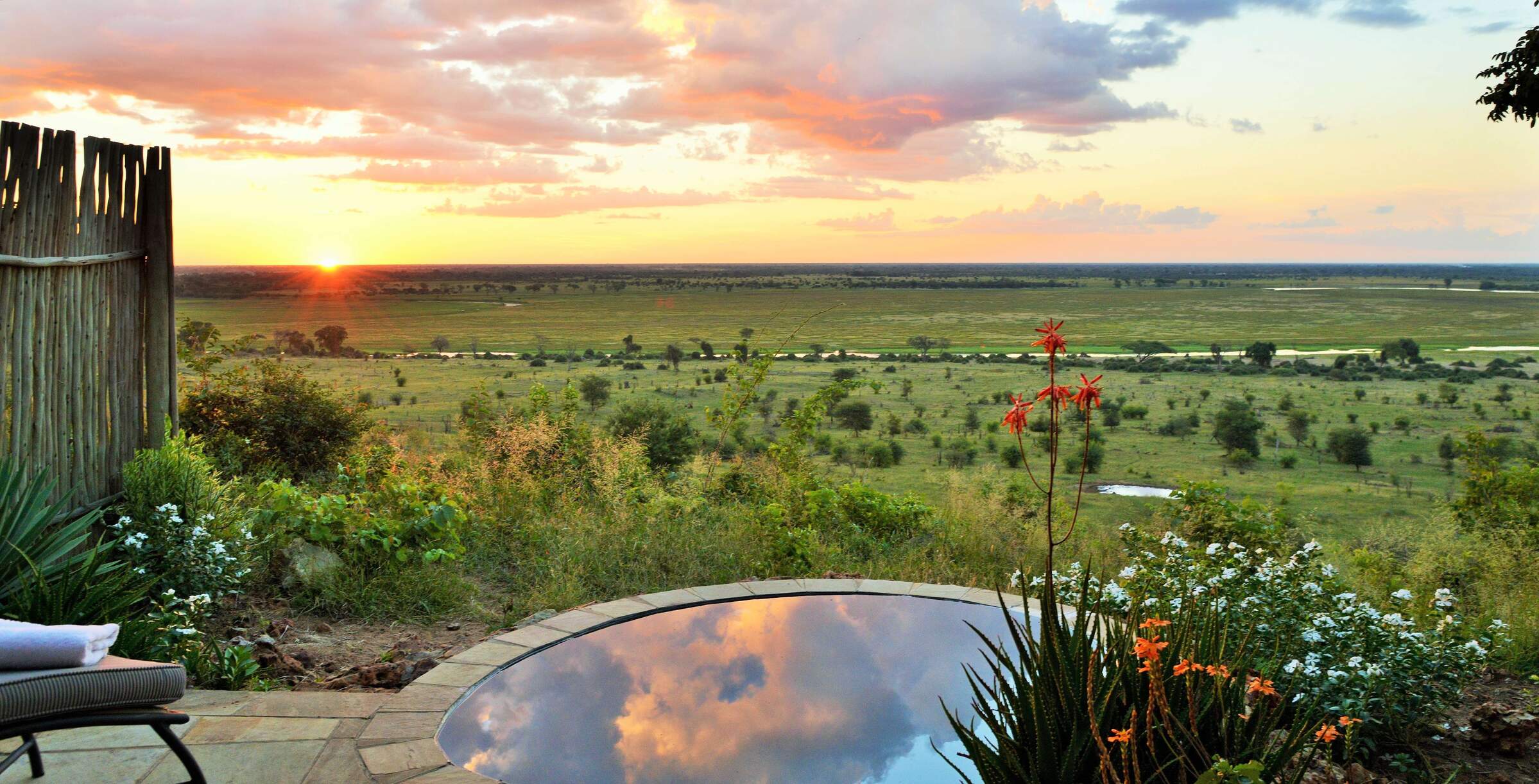
Ngoma Safari Lodge
With sweeping views across the floodplains of the Chobe River, Ngoma offers superb food and flexible safari activities.
Closed for refurbishment 5 Jan - 28 March 2026
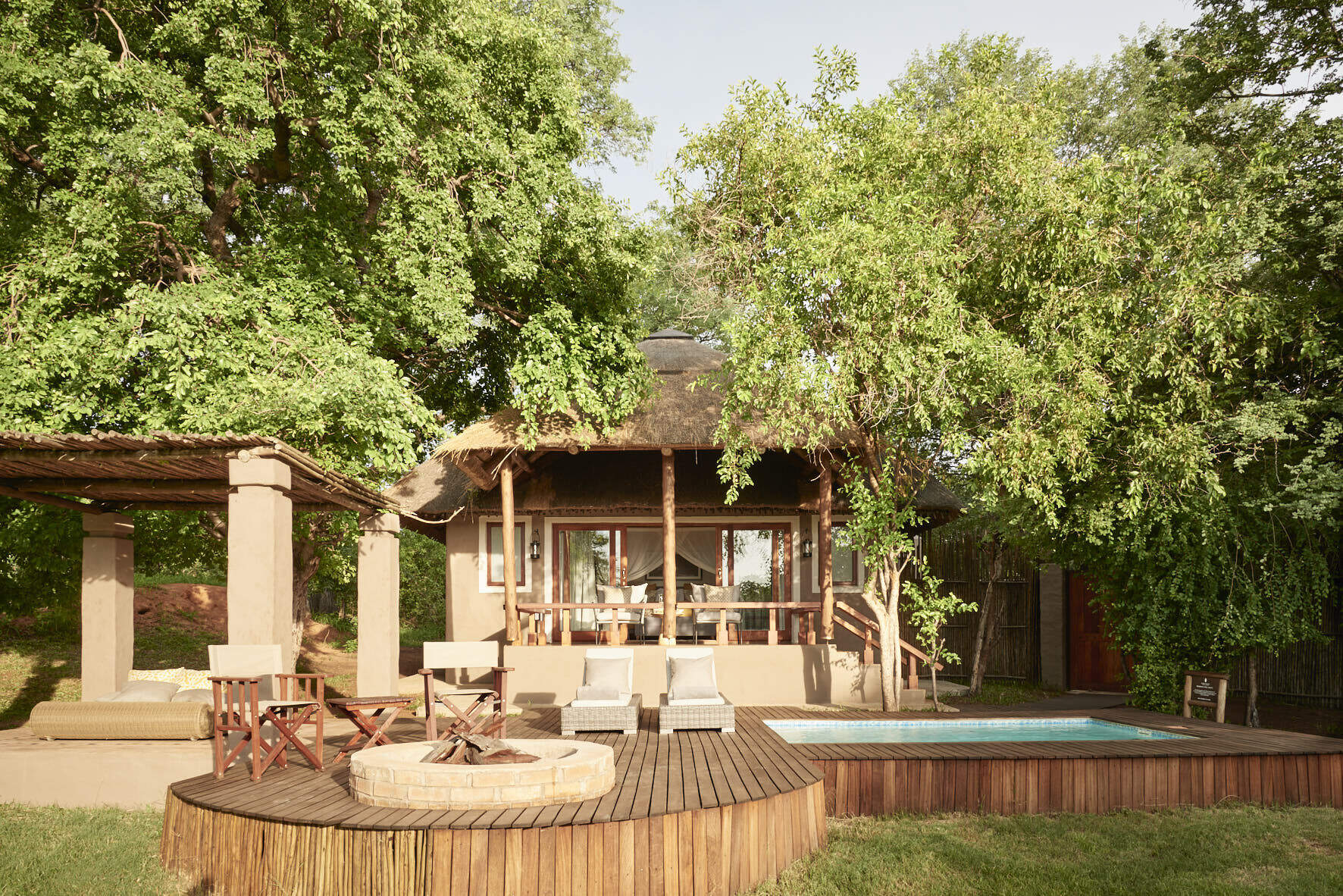
Chobe Chilwero
On the periphery of Chobe National Park, Chobe Chilwero offers luxurious surroundings and excellent food, which complement superb game viewing on game drives and boat trips.
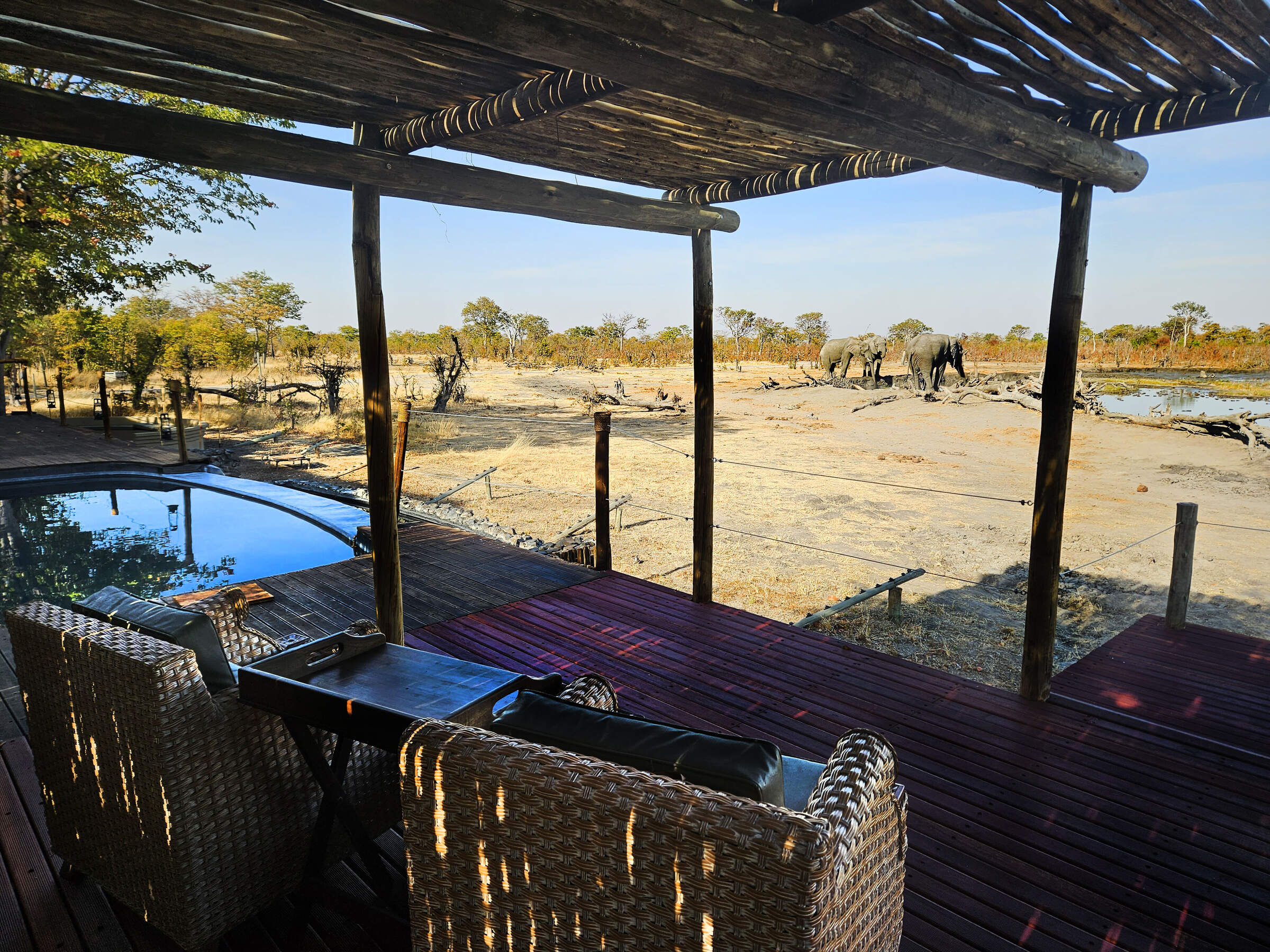
Camp Kuzuma
Camp Kuzuma sits in the Kazuma Forest Reserve and is an excellent place to see elephant in particular. Away from the busier riverfront area of Chobe National Park this camp offers a luxurious base form which to explore this less visited region of northern Botswana.
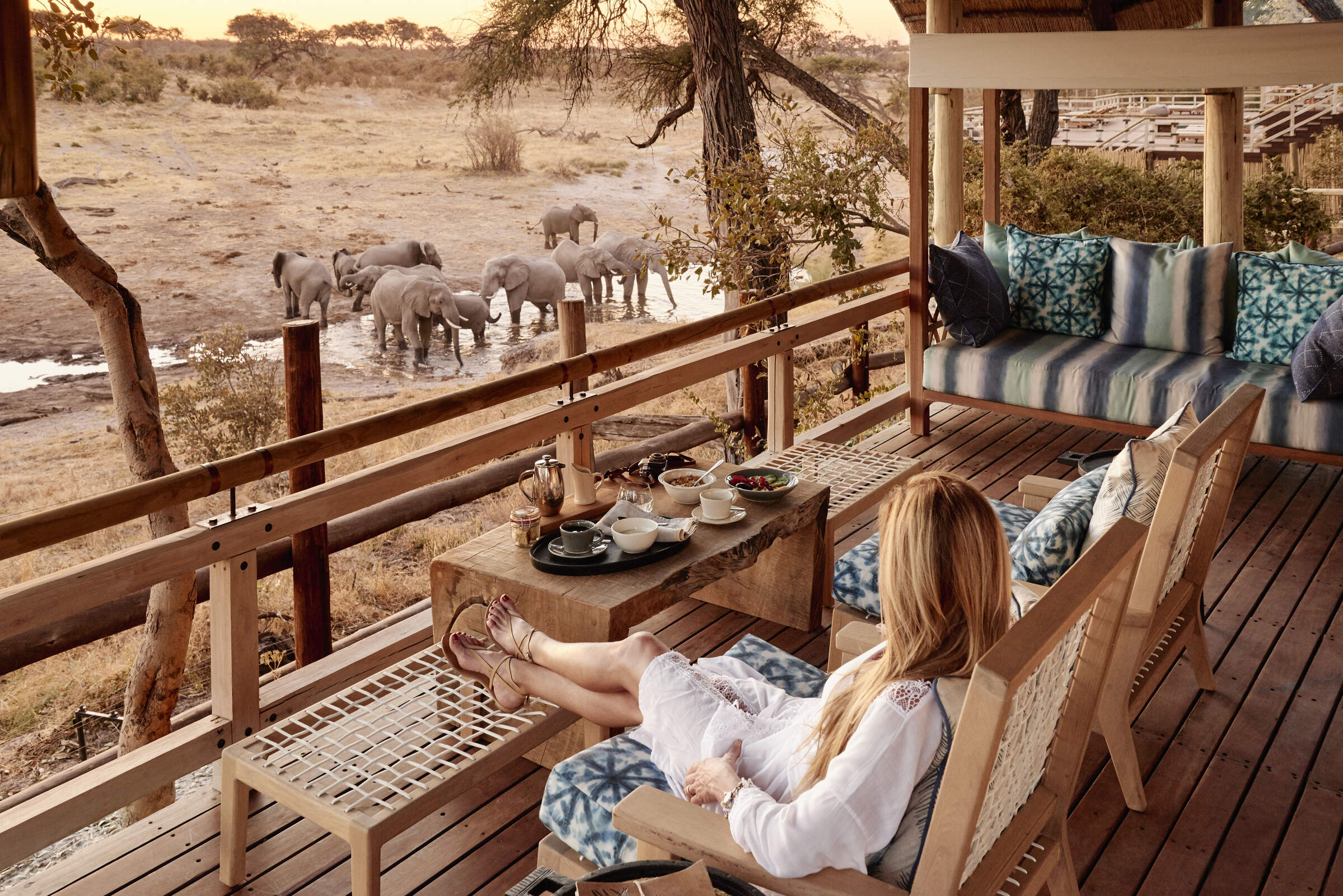
Savute Elephant Lodge
Savute Elephant Lodge is a luxurious camp on the banks of the now flowing Savuti Channel. This is a classic big-game area, although its location within Chobe National Park does limit the activities which are possible here.
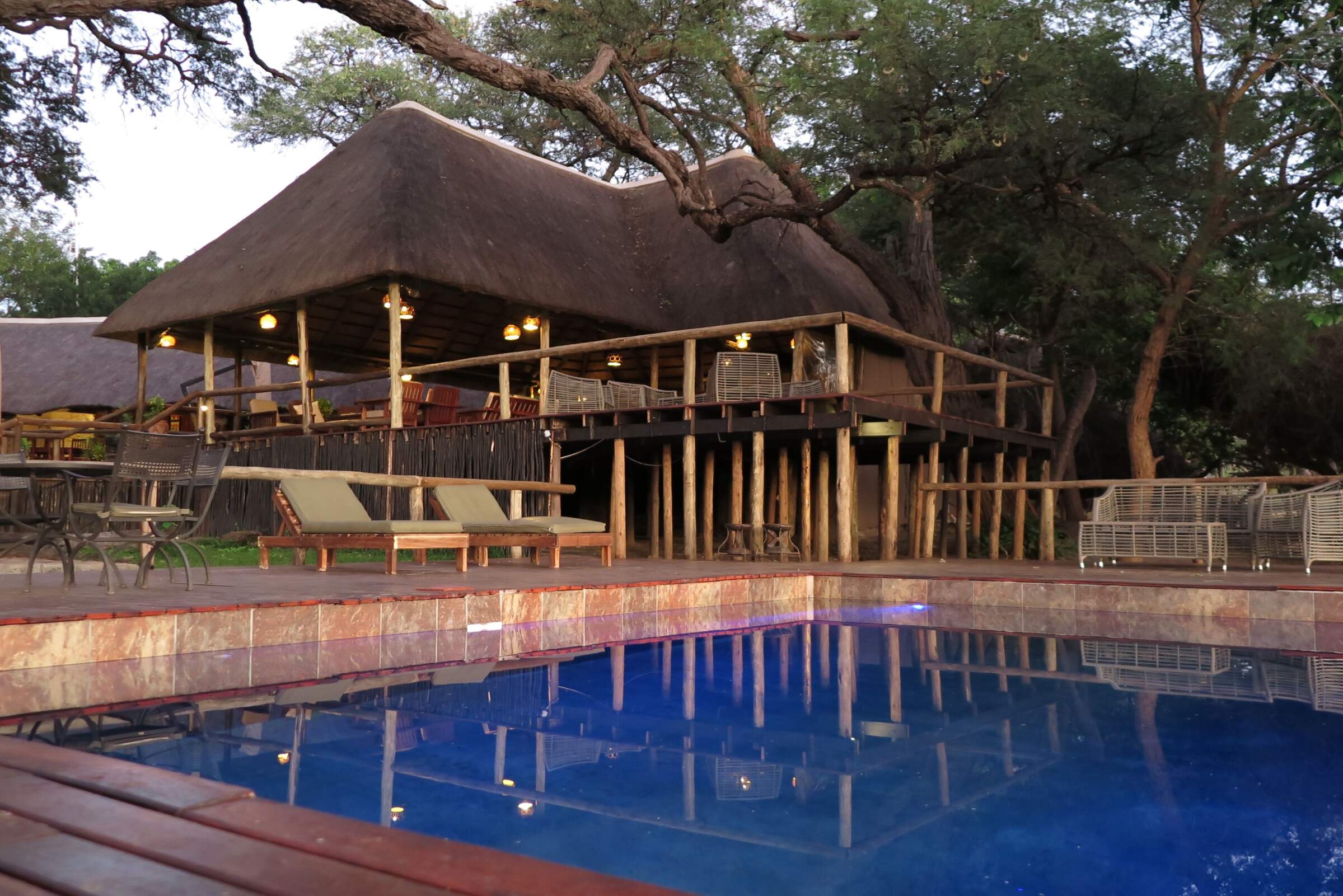
Elephant Valley Lodge
Elephant Valley Lodge is a lovely camp in a beautiful setting – sit in its hide and watch the wildlife come to drink at the waterhole. Activities focus on boating and drives in Chobe which - although very busy, and a long drive from the lodge – is very rich in wildlife.
When to go to Chobe National Park
Our month by month guide: What it's like to visit Muchenje Safari Lodge in Chobe National Park
Jan
Feb
Mar
Apr
May
Jun
Jul
Aug
Sep
Oct
Nov
Dec
Chobe National Park in January
January marks the peak of the rainy season in Chobe National Park. Evening rains are typically brief but heavy, often accompanied by thunderstorms. While temperatures remain high, they are slightly cooler compared to earlier months. Wildlife tends to be more dispersed, making it harder to spot animals. Big game densities near the Chobe Riverfront are relatively low, but some resident species, like giraffes, are accustomed to vehicles and can appear so relaxed that they seem almost tame.
The Savuti Marsh becomes lush and green, attracting herbivores. Migratory birds abound throughout the park, with the Linyanti Marsh being particularly rich in birdlife during this period. January is an excellent time for visitors interested in lush landscapes and diverse birdlife. Lower rates at many lodges make this a good time to visit on a more moderate budget.
- Warm temperatures with occasional thunderstorms
- Birdlife at its most spectacular in Chobe
- Big game dispersed across the park
- Seek most wildlife away from the river
- Good availability and rates in Chobe’s lodges and camps
Our view
A good time to visit, with pros & cons
Weather in January
Chobe National Park in February
February in Chobe National Park is similar to January, with heavy rains most days, often towards evening. The landscape is green and alive, with insects and smaller animals more easily seen. Many birds and animals are raising their young, especially in the Linyanti and Savuti areas, making for lovely family group sightings. The Chobe River swells, creating a spectacular landscape and attracting diverse wildlife. However, the rains create pools and waterholes in the bush, which combined with thicker vegetation makes it harder to spot larger animals.
The Chobe Riverfront area still offers a good wildlife experience as although much big game has moved away, the animals that remain are often more relaxed. Boat cruises on the Chobe River provide excellent opportunities to observe wildlife from a different perspective. Visitor numbers remain low, with good rates and more availability in camps and lodges.
- Warm with occasional thunderstorms in Chobe
- Vegetation running riot; smaller wildlife thriving
- Many animals with young in the park
- Big game dispersed throughout Chobe
- Low visitor numbers, good camp availability
Our view
This is not a great time to visit
Weather in February
Chobe National Park in March
March typically marks the end of the main rainy season in Chobe National Park, with showers gradually tapering off. Many days are characterised by clear skies, intense sunshine, and rising temperatures. Short afternoon thunderstorms may still occur, while the park's landscape remains lush and vibrant. During this time, many birds and animals complete the process of raising their young. The Savuti Marsh area becomes particularly fascinating as predators exploit the vulnerability of the young and weaker prey.
The Chobe River levels start to stabilise, offering excellent boat safari opportunities. March can also be a good time to explore the Linyanti area, where many animals congregate as other water sources begin to dry up. With fewer visitors in most areas, rates are still be relatively low at lodges and safari camps.
- Variable weather, rains tailing off in Chobe
- Occasional small thunderstorms in the park
- Many animals finish raising young in Chobe
- Birdlife still spectacular along Chobe River
- Few tourists, often lower rates in lodges
Our view
A good time to visit, with pros & cons
Weather in March
Chobe National Park in April
During April, rains in Chobe National Park have usually stopped, though there may still be the odd afternoon downpour. This results in clear skies and a lovely green, lush landscape. Night-time temperatures start to drop, and are especially noticeable in the Savuti area. The Chobe Riverfront begins to flourish at this time, with the numbers of elephants and other wildlife gradually increasing along the river.
The Savuti region is a particular favourite during this time, with good predator-prey interactions on display. April marks the beginning of the shoulder season for many camps, so rates are on the rise but still relatively moderate. This is an excellent time for photographic safaris, as the air is clear and the landscape still green.
- Cooler evenings, occasional showers in Chobe
- Northern Chobe lush and green
- Good predator-prey interaction observable
- Savuti area best for wildlife viewing
- Popular shoulder season, relatively low rates
Our view
A good time to visit, with pros & cons
Weather in April
Chobe National Park in May
May is a very popular month to visit Chobe National Park, often the last month of the shoulder season before camp rates hit their peak. While there is very little chance of rain, the annual floods from Angola start to make their way through the northern part of the park. With cooler temperatures in the morning and evening, predator activity tends to be higher, especially in the Savuti and Linyanti areas.
The Chobe Riverfront becomes busier with wildlife as water dries up elsewhere, making it an excellent time for boat cruises on the Chobe River, where close encounters with elephants and other wildlife are a real treat. Away from the water, game drives in the park's interior become more rewarding as vegetation thins out and sightings improve. May is a favourite time for many visitors, and camp bookings throughout Chobe are start to be snapped up quickly.
- Cool mornings and evenings, little rain in Chobe
- Game viewing beginning to improve
- Predator activity increasing in Savuti
- Last month of shoulder season for most camps
- Availability decreases throughout Chobe
Our view
A very good time to visit
Weather in May
Chobe National Park in June
June marks the real start of the dry season in Chobe National Park. Temperatures are cool in the mornings and evenings, occasionally reaching freezing at night, and rising to 25-30°C/77-86°F during the day. This brings a certain clarity to the air and clear blue skies, making it a favourite month for serious photographers. Surface water and smaller natural waterholes are now drying up, leading wildlife to congregate around the remaining large water sources, including the Chobe River.
Visibility improves as the grass dies back, making game viewing very good throughout the park. The Savuti Channel and Linyanti areas see increased predator activity. June is an excellent time for both land and water-based safaris in Chobe, so not surprisingly, camp availability becomes scarce and rates climb.
- Warm days, cold nights in Chobe National Park
- Excellent conditions for wildlife photography
- Animals congregating at Chobe River
- Grasses dying back, improving visibility
- Peak season begins, rates increase
Our view
Fantastic: the very best time to visit
Weather in June
Chobe National Park in July
July in Chobe National Park offers cold evenings and mornings, combined with great daytime game viewing; this makes it one of the most popular times to visit. Vegetation is really thinning out, making game ever-easier to spot, with the few remaining waterholes attracting large congregations of wildlife species. The Chobe Riverfront is increasingly rewarding, with large herds of elephants and buffalo congregating along the river.
However, this area is now becoming busy with visitors. Game viewing is good in the Savuti area too, with frequent predator sightings. The Linyanti Marsh attracts diverse wildlife, including rare species like wild dogs. Camps are now very much into the peak season and tend to be full. Advance booking is essential for popular lodges and camps.
- Comfortable days, cold nights in Chobe
- Excellent game viewing as vegetation dies back
- Chobe Riverfront becomes busy with wildlife
- Private concessions offer exclusive experiences
- Peak season, higher rates in lodges
Our view
Fantastic: the very best time to visit
Weather in July
Chobe National Park in August
August is a favourite time for visiting Chobe National Park, as it aligns with the European and North American summer holidays. Camps tend to fill up quickly, so booking well in advance is essential. Daytime temperatures are pleasantly warm, perfect for outdoor activities; nights can be chilly, but the clear, cloudless skies also provide stunning opportunities for stargazing.
Wildlife is now congregating around the remaining water sources, especially along the Chobe River, making it a fantastic time for game viewing. If the Savuti Channel is flowing, it becomes a magnet for a variety of wildlife. This is one of the prime months to witness the park’s iconic large elephant herds. A boat cruise on the Chobe River offers up-close views of wildlife, including hippos and crocodiles.
With crystal-clear skies and animals congregating near water, August is an excellent time for photography safaris.
- Dry, warm days and cool nights in Chobe
- Spectacular stargazing opportunities
- Fantastic wildlife watching along Chobe River
- Large elephant herds visible at waterholes
- Peak season, high rates and limited availability
Our view
Fantastic: the very best time to visit
Weather in August
Chobe National Park in September
September is another very popular month to visit Chobe National Park. Days are warming up, while nights remain refreshingly cool. With drier conditions, most of the greenery has faded from the landscape, and photographers may find the haze from dust or smoke challenging, but it sets the stage for breathtaking sunsets.
Game viewing in September is exceptional, with large herds of elephants and buffalo gathering in the Chobe region. The Savuti and Linyanti areas also offer excellent predator sightings, and migratory birds begin to return, adding vibrant flashes of colour and adding to the park’s biodiversity.
Water-based activities on the Chobe River, such as boat cruises, are particularly rewarding, offering close-up views of animals coming to drink. Accommodation in camps and lodges is in high demand, with rates remaining at a premium, so early bookings are essential.
- Warmer days, cool nights in Chobe National Park
- One of the best months for wildlife viewing
- Large elephant and buffalo herds by Chobe River
- Hazy conditions create brilliant sunsets
- High season rates, many lodges and camps fully booked
Our view
Fantastic: the very best time to visit
Weather in September
Chobe National Park in October
October is typically the hottest and driest month in Chobe National Park. Towards the end of the month, the likelihood of rain increases, bringing a rise in humidity. The air is often dry and hazy, which can make photography more challenging, but the scarcity of water and vegetation leads to excellent opportunities for spotting big game. The Chobe Riverfront becomes a prime gathering spot for wildlife, particularly impressive herds of elephants.
In the Savuti area, predator-prey interactions are frequently observed around the remaining waterholes. Water levels are significantly lower by this time, meaning water-based activities like boating and fishing are limited to major tributaries. October is an ideal month for walking safaris, especially during the cooler morning hours. Despite the intense heat, it remains a prime time for wildlife enthusiasts eager to witness concentrated animal activity.
- Hot temperatures in Chobe, chance of late rain
- Excellent big game viewing opportunities
- Water activities limited as levels can be low
- Hazy conditions less ideal for photographers
- Final month of peak season in Chobe camps
Our view
Fantastic: the very best time to visit
Weather in October
Chobe National Park in November
November typically signals the end of the dry season in Chobe National Park. Rising temperatures bring increased humidity, leading to the arrival of the first rains. These showers are often brief but heavy, occurring in the late afternoon or at night, and can be quite dramatic. The rains provide a welcome relief, slightly cooling the temperatures and transforming the parched landscapes into vibrant shades of green.
As waterholes begin to replenish, wildlife starts to disperse across the park. Birdwatching is particularly rewarding this month, with the arrival of many migratory species, especially in the Linyanti Marsh area. The first half of November is a favourite among travellers, offering exceptional game viewing at more reasonable rates as Chobe enters its shoulder season.
- Hot days, increasing humidity in Chobe
- Heavy showers more likely as month progresses
- Wildlife watching good but less predictable
- Migrant birds arrive in Chobe National Park
- Shoulder season brings mid-range lodge rates
Our view
A good time to visit, with pros & cons
Weather in November
Chobe National Park in December
By December, the rains in Chobe National Park are underway, providing relief from the intense heat. While game viewing becomes more challenging as animals spread out, excellent sightings can still be enjoyed along the Chobe Riverfront and in the Savuti Marsh. The rains bring a vibrant transformation to the landscape, with fresh greenery creating beautiful scenery. This is also a fantastic time for bird enthusiasts, as numerous migratory species make their presence known.
The Linyanti area becomes especially lush, drawing a variety of wildlife. December is ideal for those eager to see newborn animals, as many species give birth during this time. Boat cruises on the Chobe River offer a refreshing way to observe wildlife and enjoy the scenery. With low-season rates at many camps, December is an appealing option for budget-conscious travellers looking to experience the park’s beauty.
- Temperatures falling from October-November highs
- High chance of rain in Chobe National Park
- Wildlife more dispersed across the park
- Game viewing more challenging but rewarding
- Typically low-season rates in Chobe camps
Our view
A good time to visit, with pros & cons
Weather in December

Looking for inspiration on where to travel next?
Visit our trip chooser to explore your options and find inspiration for your perfect African adventure
Inspire me